The best quiet blenders 2025 – tested for early morning smoothies and un-disturbed entertaining
Our expert team tested 52 different makes and models to help you choose the quietest blender

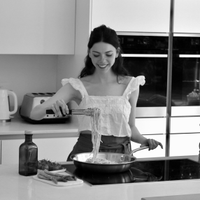
I’ve tested over 30 blenders in the past year alone, (let alone the rest of the Homes & Gardens team), and one thing I’ve learned is that great power is often accompanied by great noise, which is not ideal if you're looking for a quiet blender. Even the very best blenders, like Vitamix, can reach noise levels of up to 90-100 decibels, which is almost like revving a motorcycle in your kitchen.
At Homes & Gardens, we take our morning smoothies seriously (some of us blend as early as 5am), so it became something of a personal mission to find a blender that wouldn’t double as an unwanted alarm clock for family members, partners or housemates. I wanted to see if it was really possible to get great performance without the noise.
What we found surprised me. Yes, there are pro-grade models with sound shields and whisper-soft motors – but they often come with a four-figure price tag. More importantly, I discovered that you don’t need to spend a fortune to get a quiet, effective blender that fits into your daily routine.
The Nutribullet Flip became our top pick for exactly that reason – compact, powerful, noticeably quiet, and under $100. But it wasn’t the only standout. Below, you’ll find our top-tested quiet blenders, from portable picks to ice crushers that won’t disturb the neighbors.
The Quick List
You'll find our favorite quiet blenders in this quick list. If you want more details, we've written longer reviews further down the page.
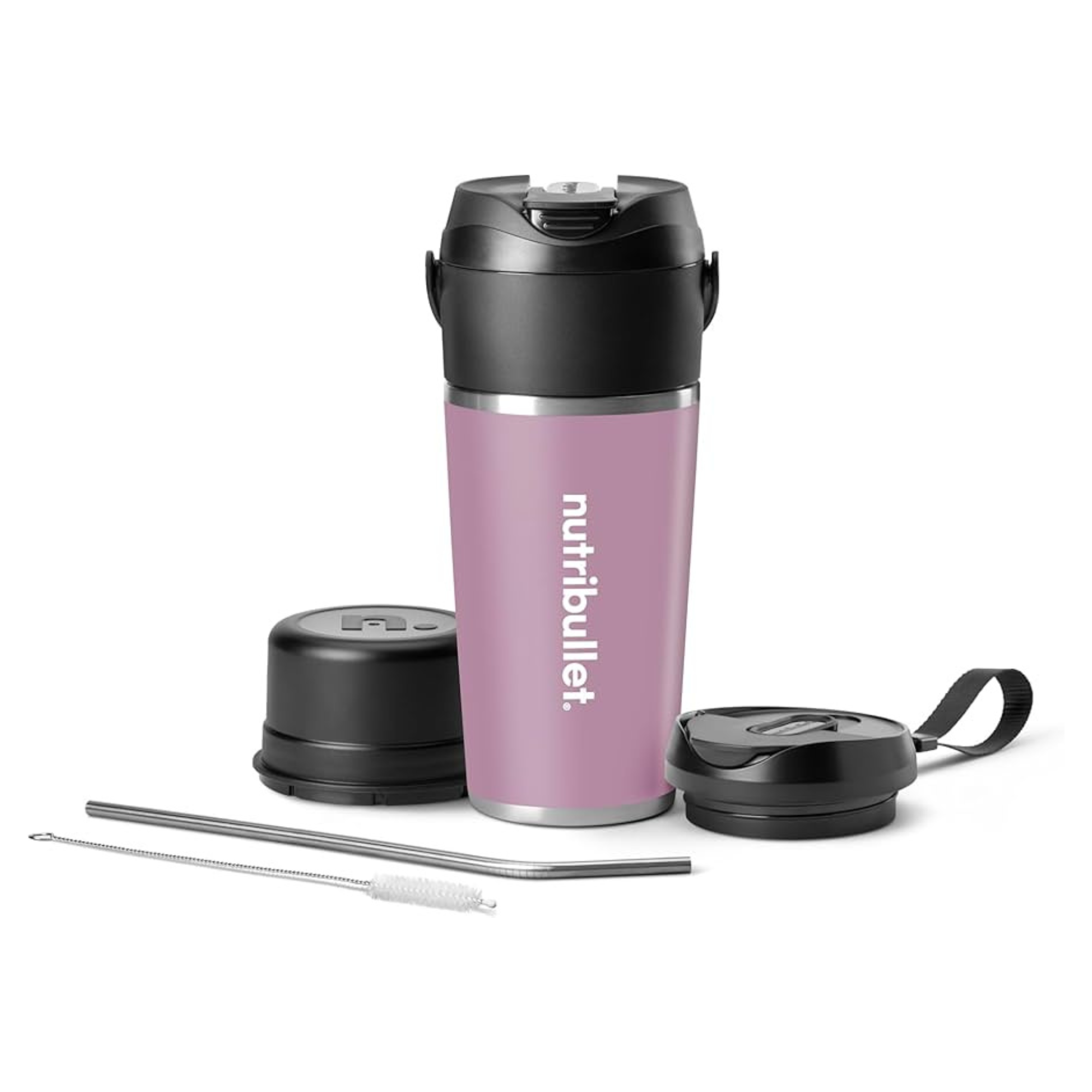
This blender's insulated stainless steel body protects your ears from the blade noise. It's cordless, so you can pick it up to reduce the vibrations. Best of all, it creates creamy frozen smoothies and keeps them cold for up to 24 hours.
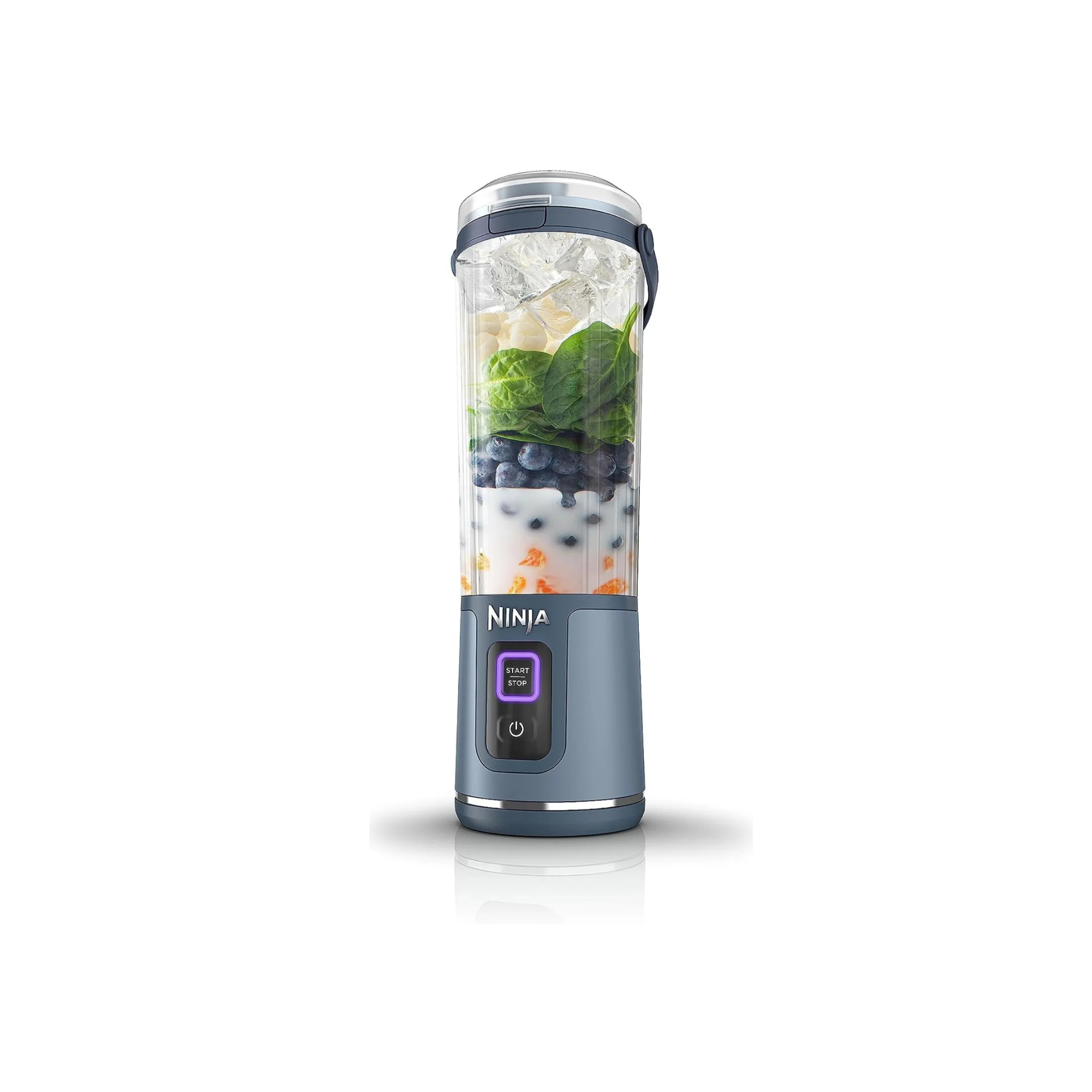
It's not as quiet as the Nutribullet Flip, but it makes light work of smoothies, protein shakes, and even crushed ice. It’s much quieter than Ninja's countertop models.
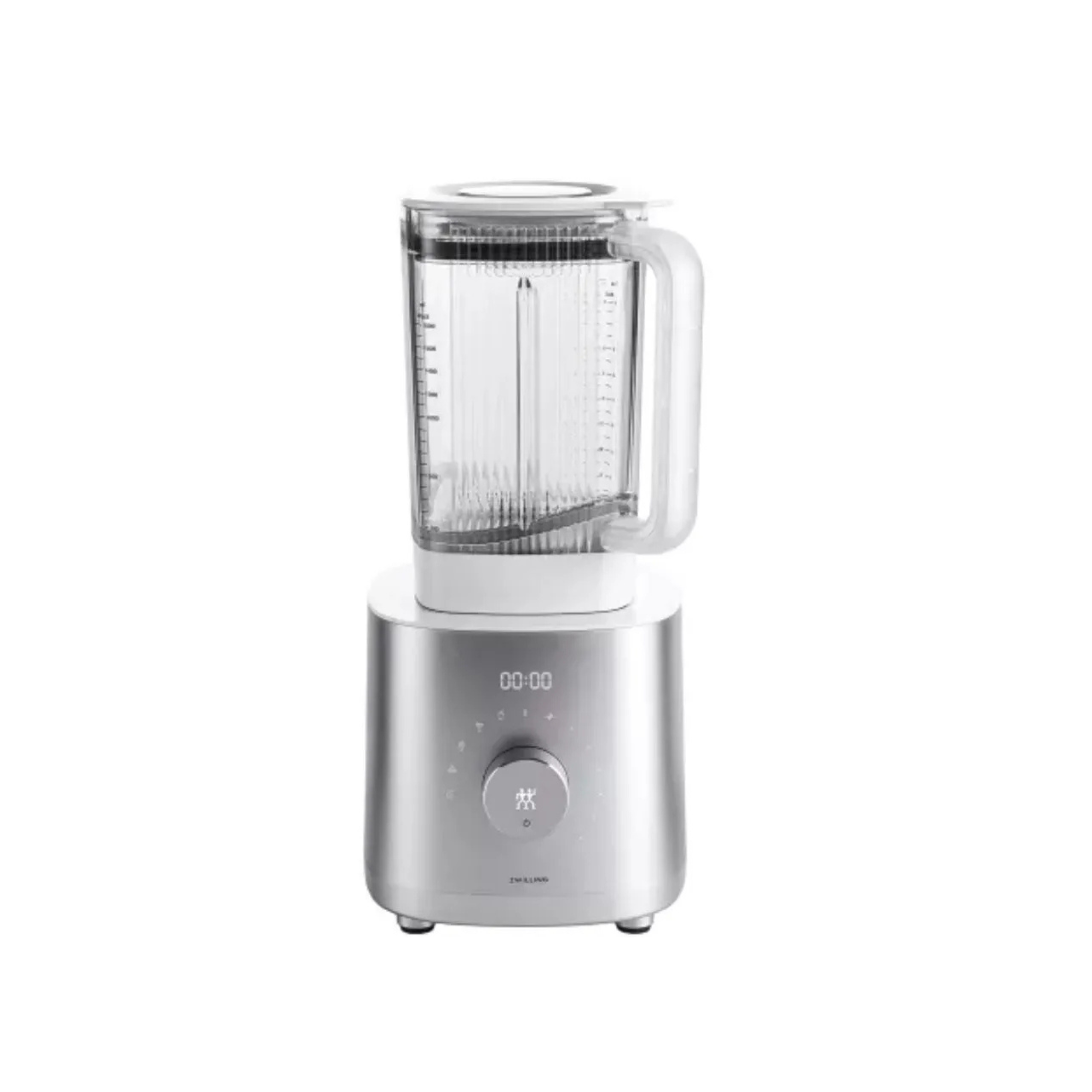
This blender gets a little noisy on the automatic settings, but the lower speeds are very tolerable. The Zwilling blades are efficient at any speed. It's a beautiful appliance and reasonably priced, too.
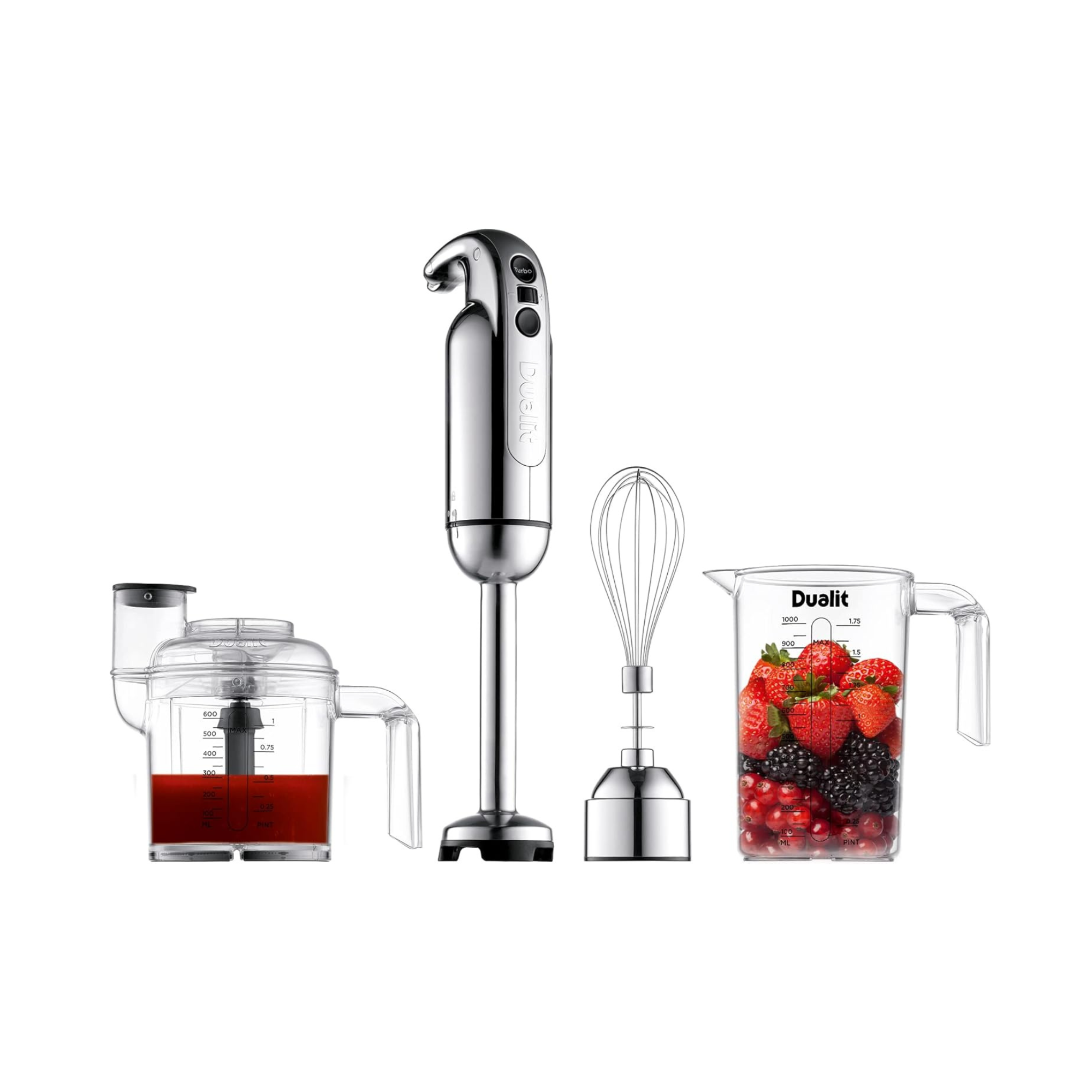
If you have a sleeping little one at home, you will value this versatile and quiet hand blender, which doubles as an electric whisk and food chopper. We made very velvety soups and smoothies in the test kitchen, without making a racket.
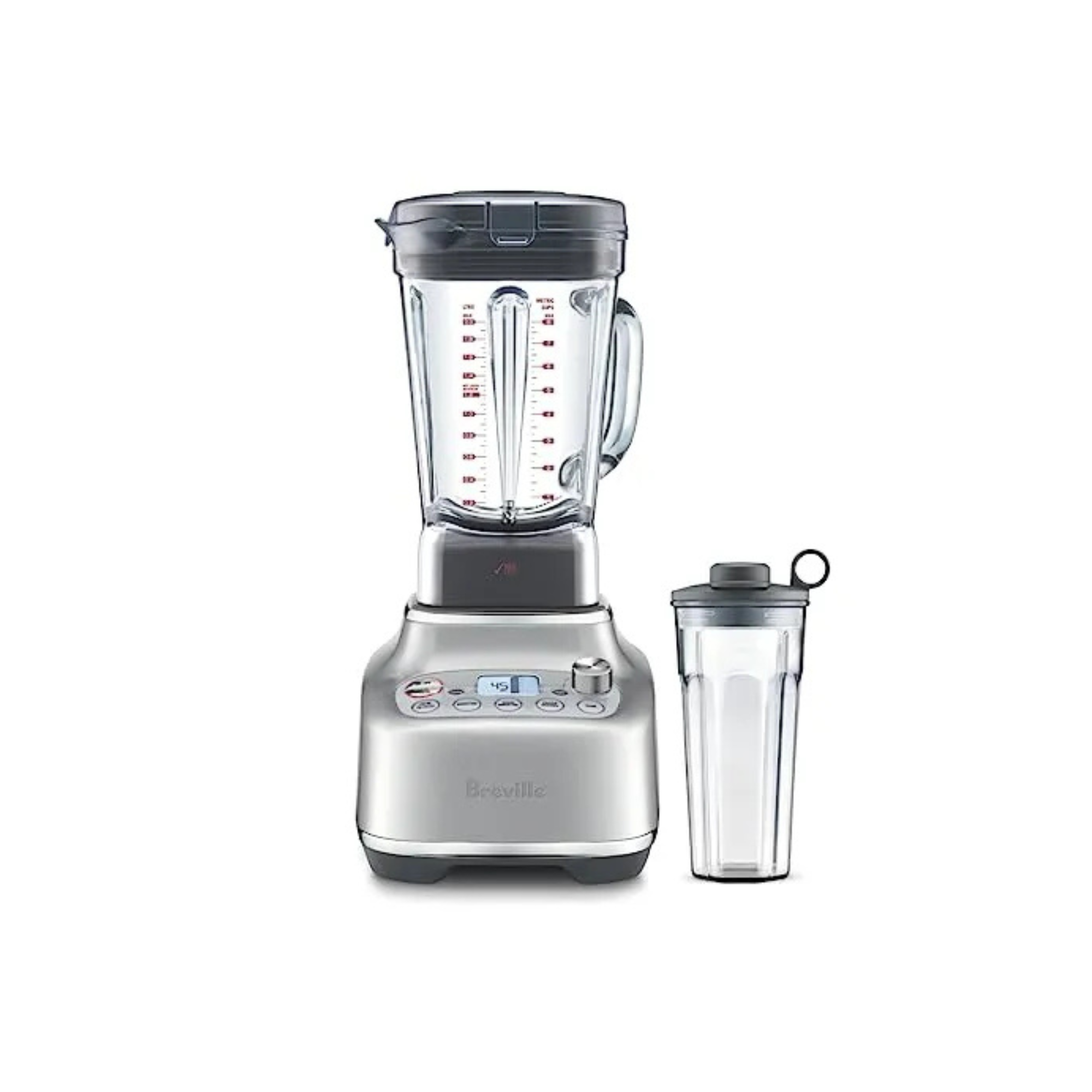
Crushing ice is not a quiet task, but the Super Q can do it quickly without disturbing neighbors. We're pretty sure the 'Q' stands for quiet, since this features a fan cooling system to reduce noise. Perfect for party-friendly frozen margaritas.
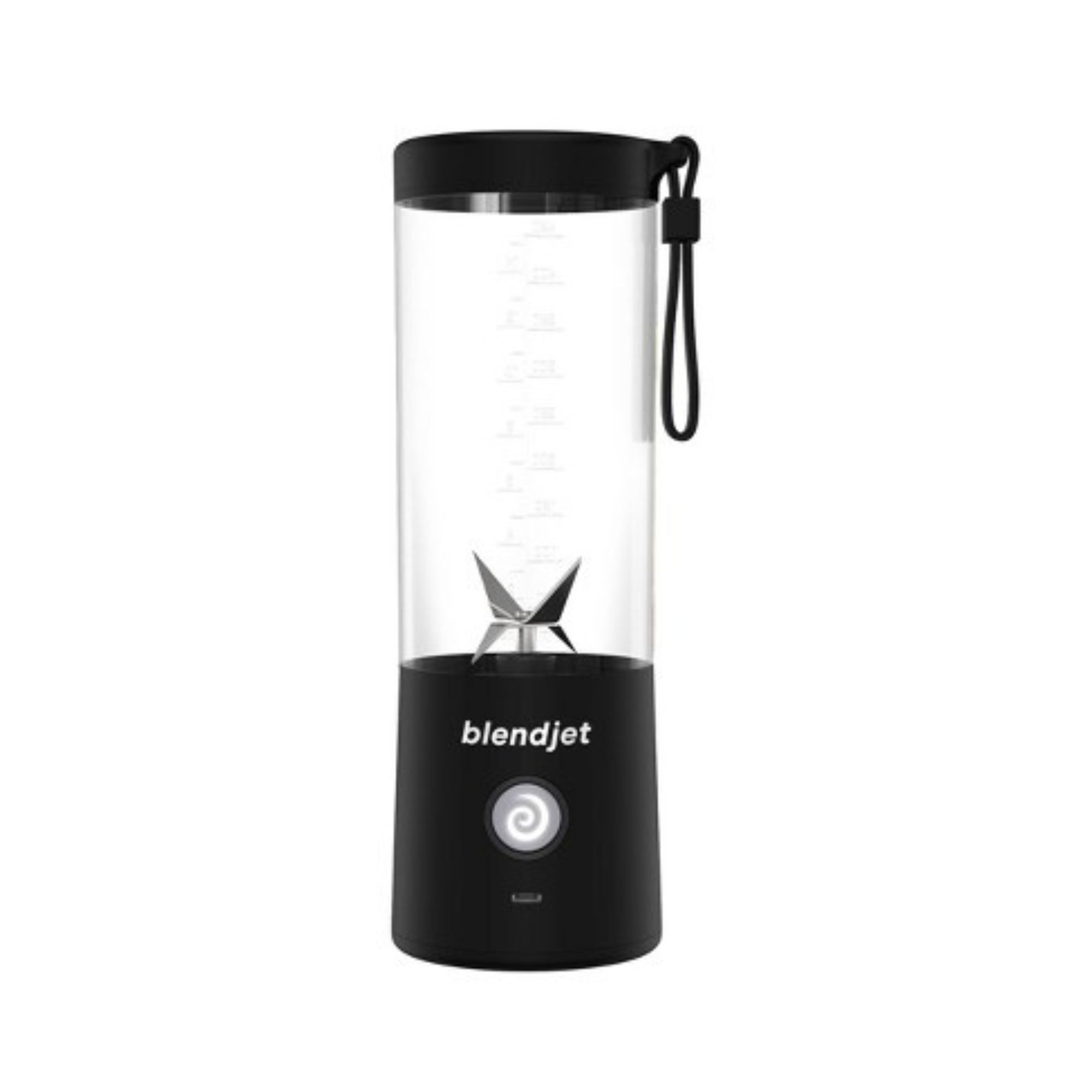
The BlendJet 2 is actually the quietest blender we tested, but it is also the smallest and the least powerful. It does a decent enough job on fresh smoothies and shakes, and it's a good price.
Best quiet blender overall
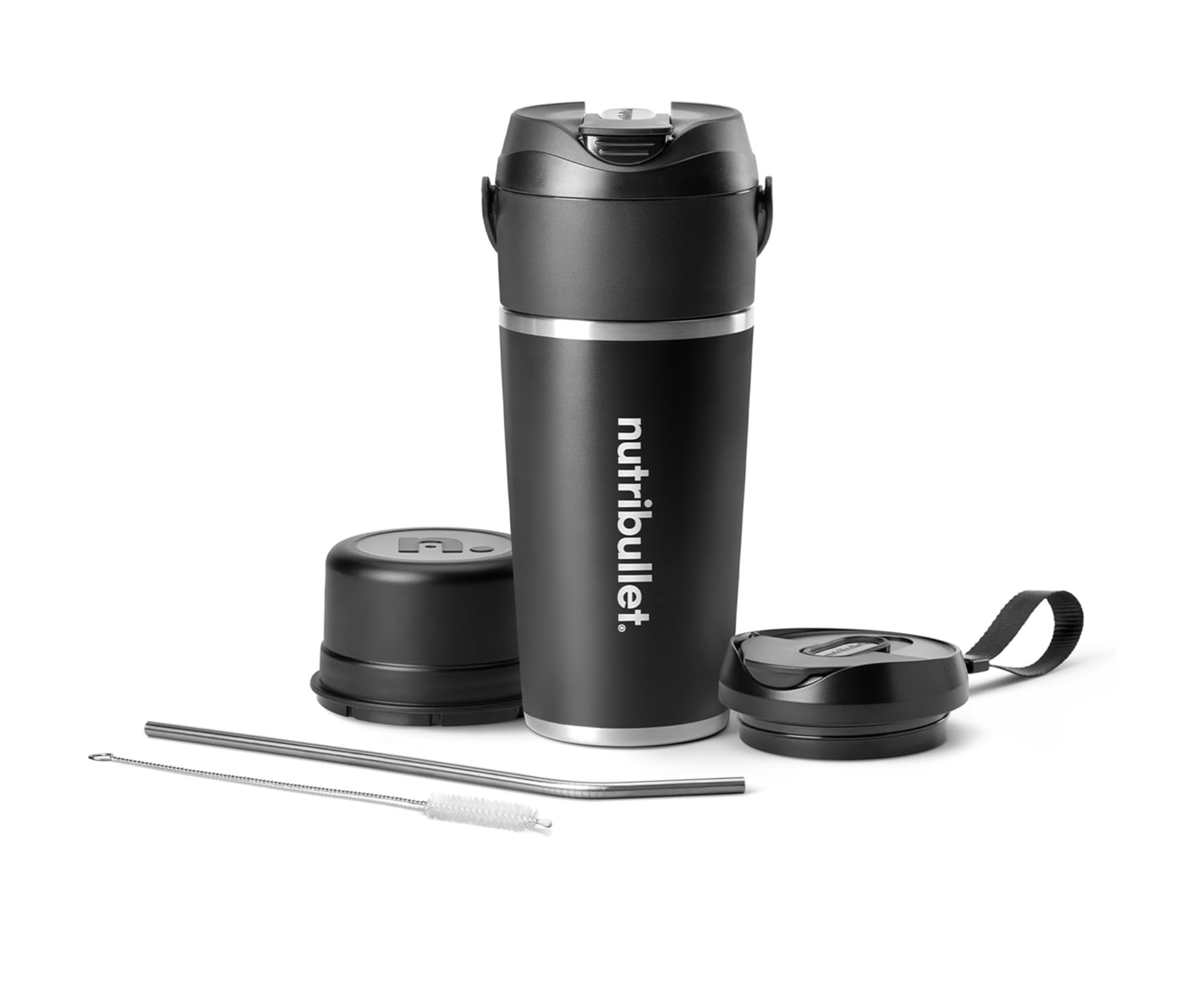
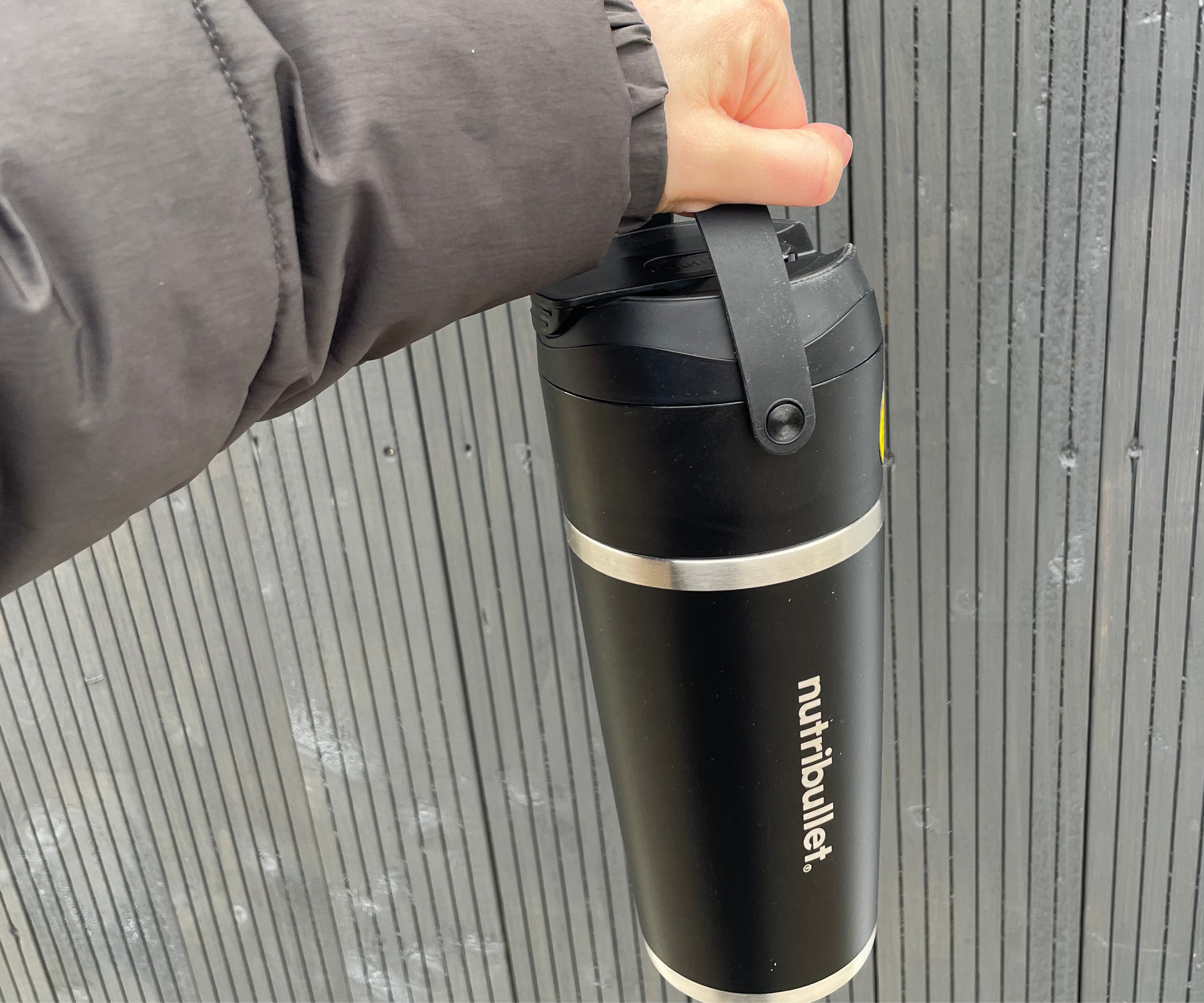
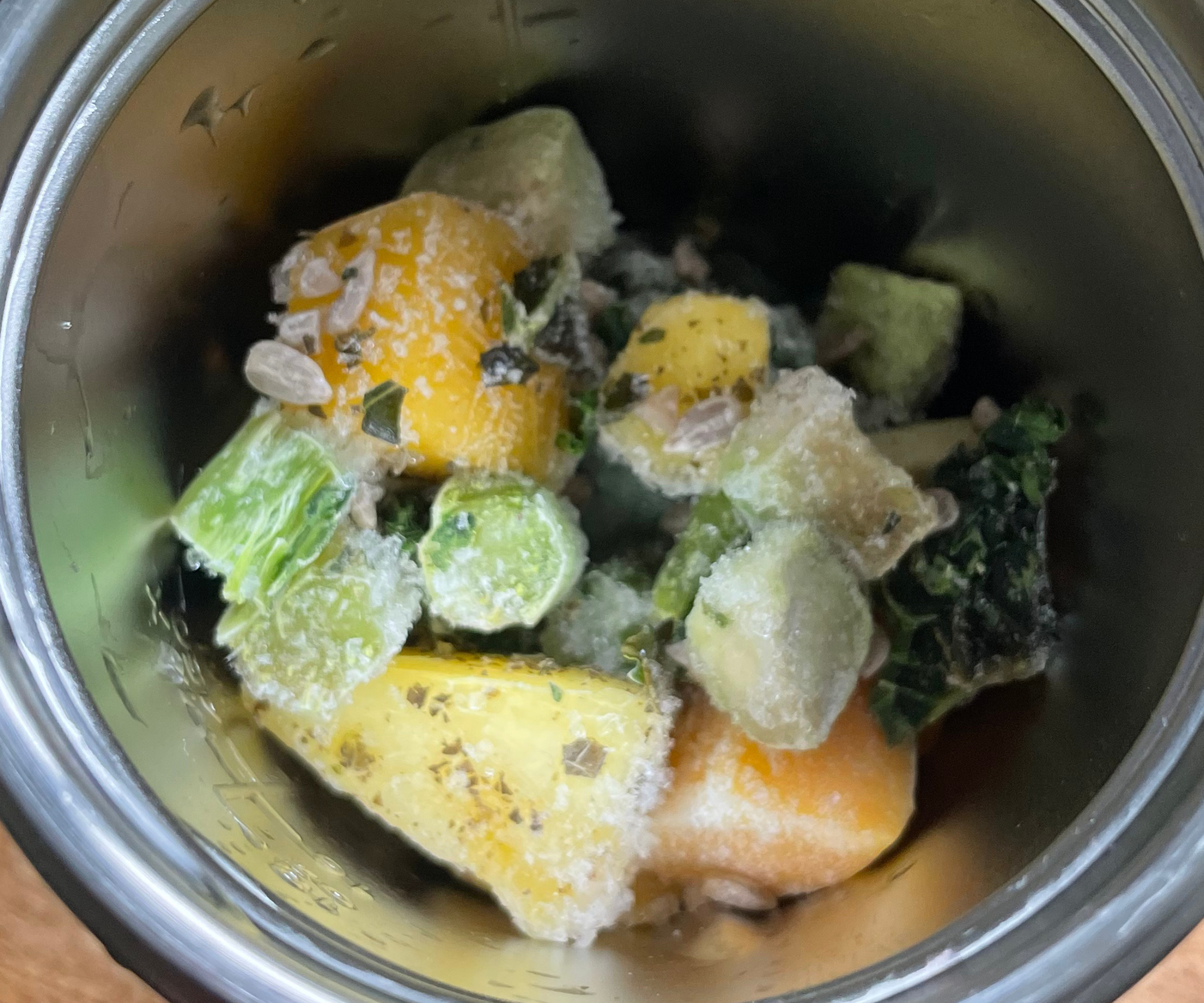
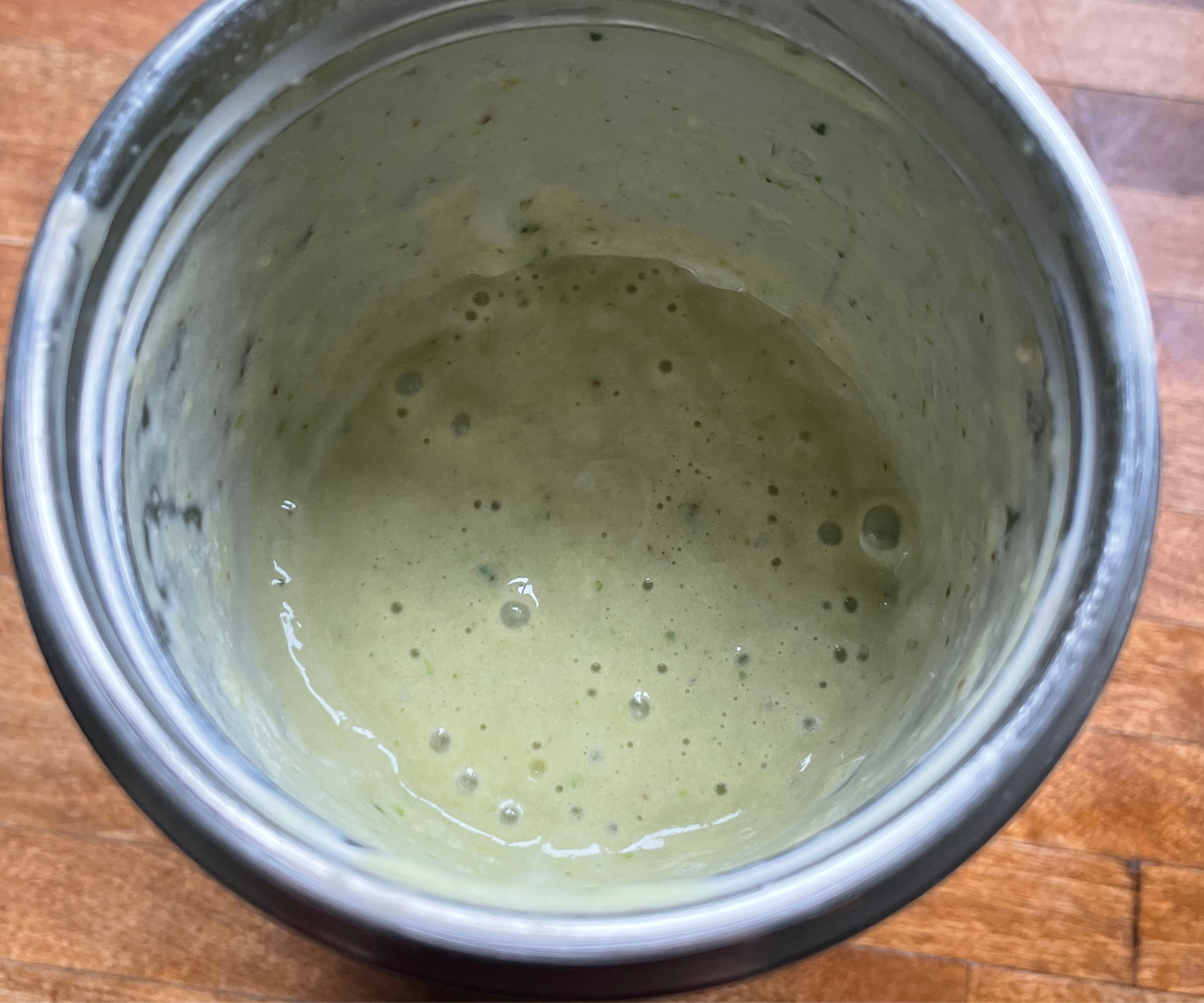
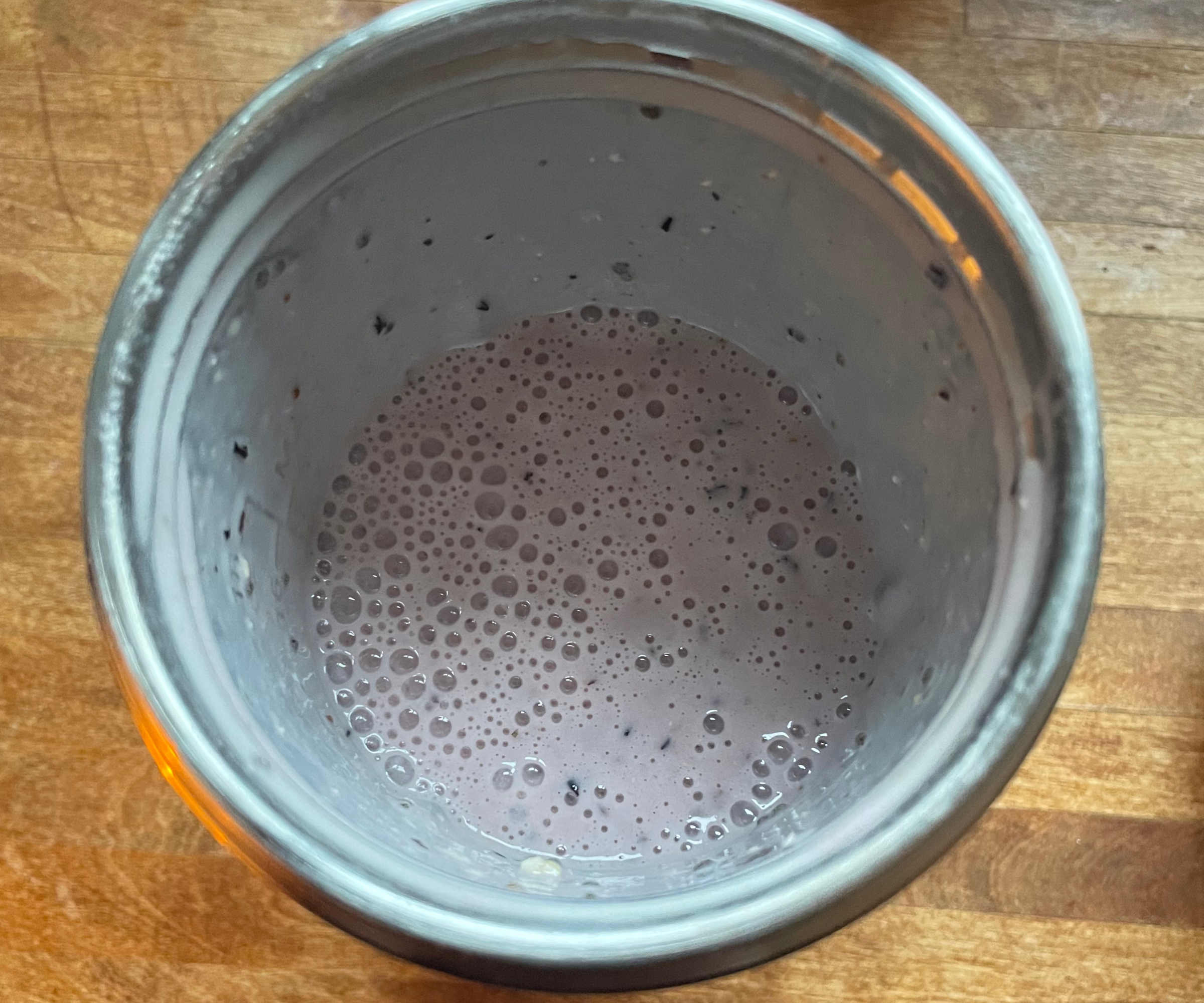

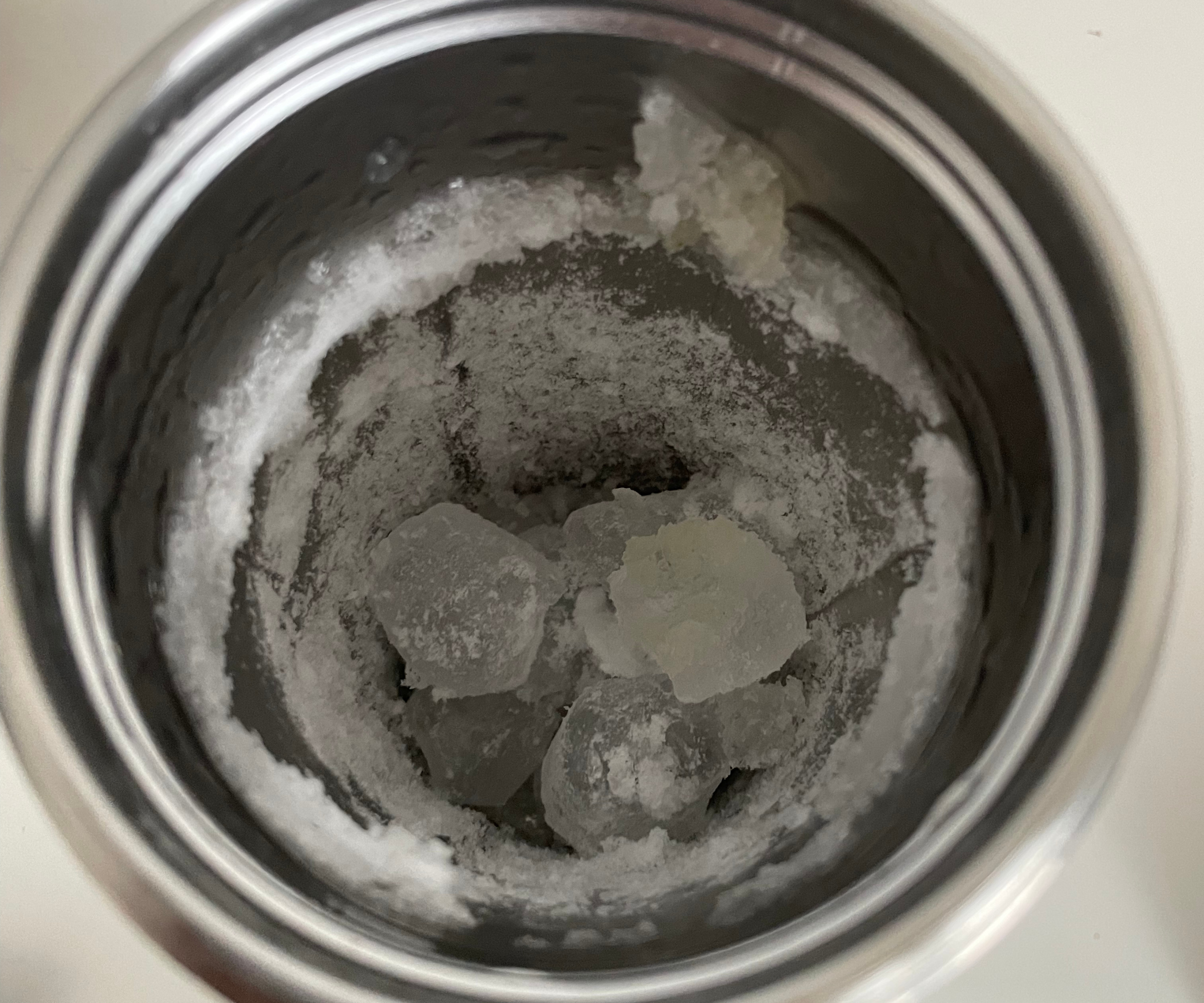
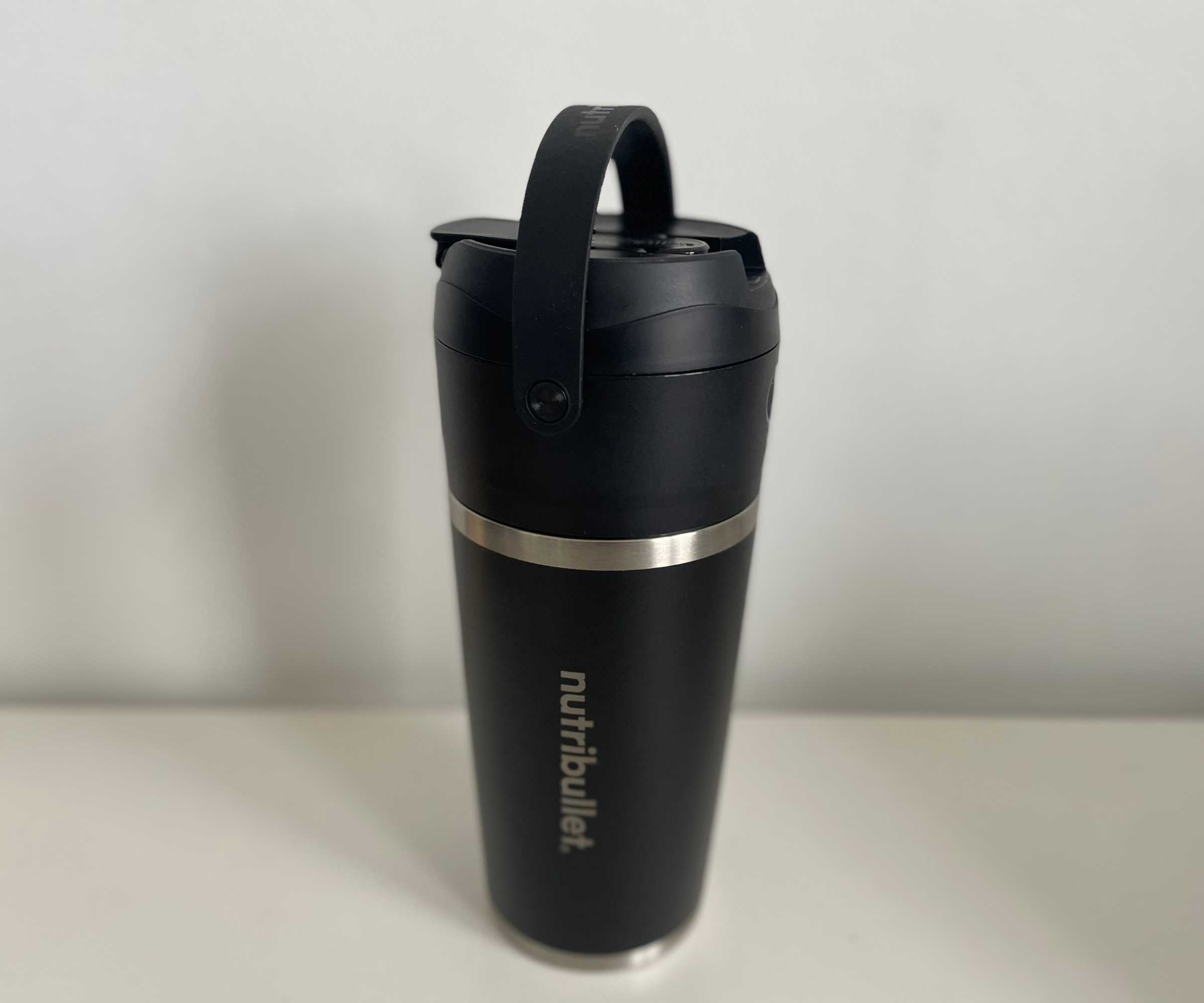
Specifications
Reasons to buy
Reasons to avoid
Why we like it: The Nutribullet Flip is a cordless blender with a double-walled, insulated stainless steel pitcher. This is designed to keep your drinks cool for up to 24 hours, but on testing, we realized it also has an amazing sound-guarding effect.
We loved the cold smoothies and protein shakes we made in the Nutribullet Flip. It crushed frozen fruit, nut butter, and seeds into very creamy blends. In terms of power, the 11 volts blew the BlendJet2 (our runner-up, featured below) out of the water.
Quiet test: The motor is powerful, but the steel acts as a buffer, protecting your ears from the blade noise. It also alters the way sound waves travel, reducing the high-pitched noise you can experience with plastic blenders. The overall sound is less noticeable and irritating than all the other models we tested, making this a fantastic choice for early-morning smoothies. To make it even quieter, you can lift it while blending to limit vibrations from the counter. We measured between 71-73 decibels.
Small criticisms: At over 3 lbs, the Flip isn’t as lightweight or slender as the BlendJet2, and despite the thermos-like design, it can’t handle hot soups. It can't crush ice, either, so forget frozen margaritas or winter soups – but if you’re focused on quiet smoothies and shakes, it’s a near-perfect pick.
You can read more details in our Nutribullet Flip review.
Runner up
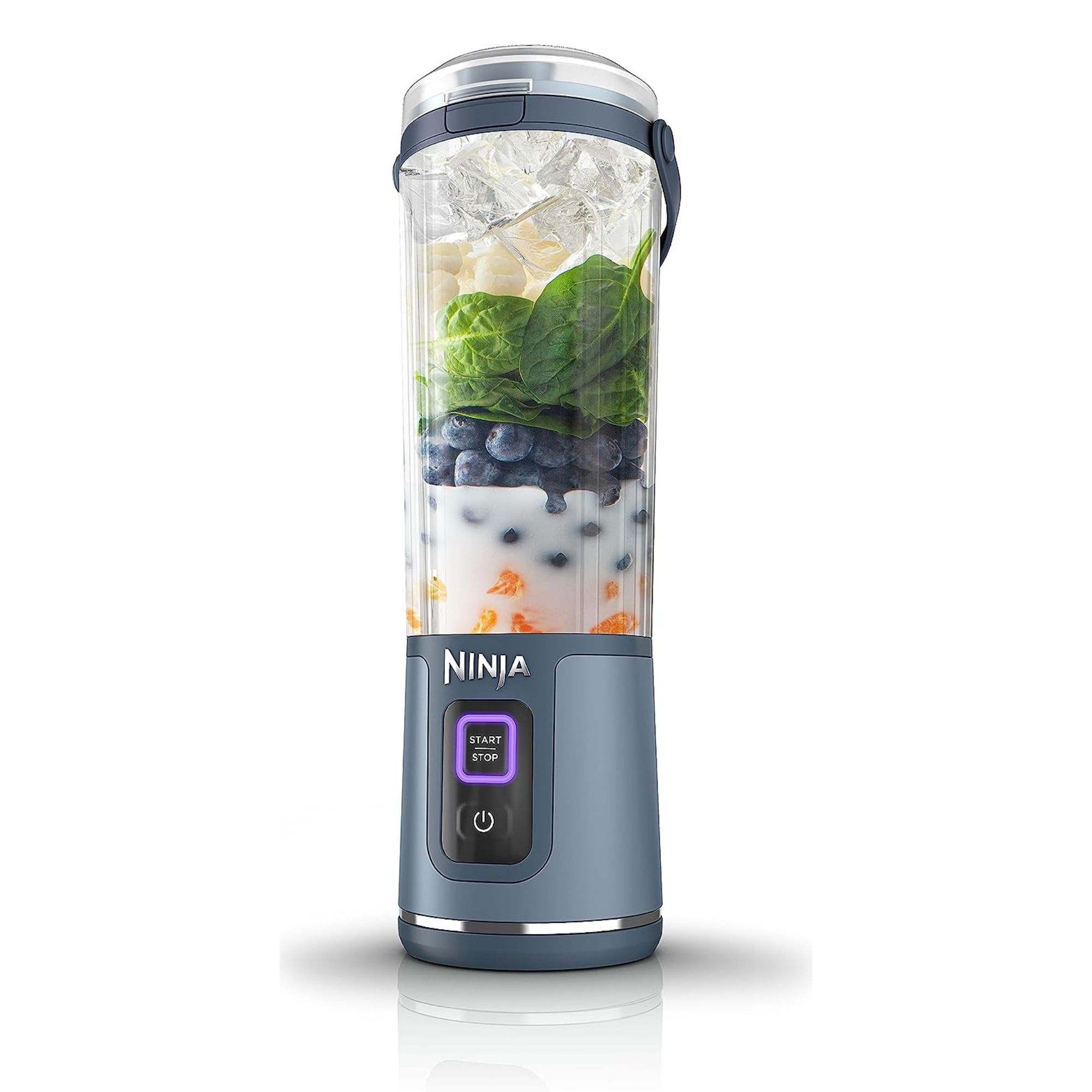
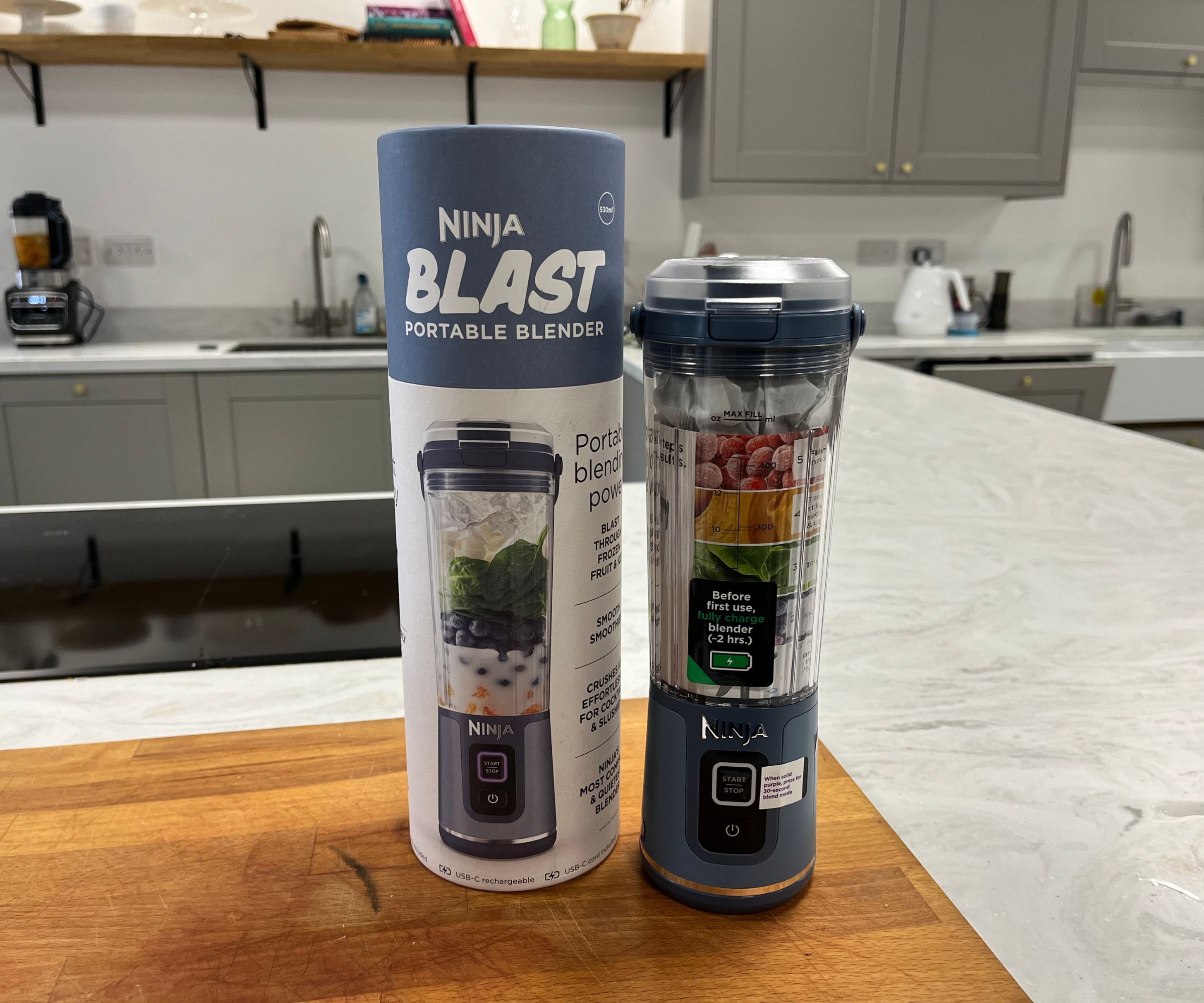
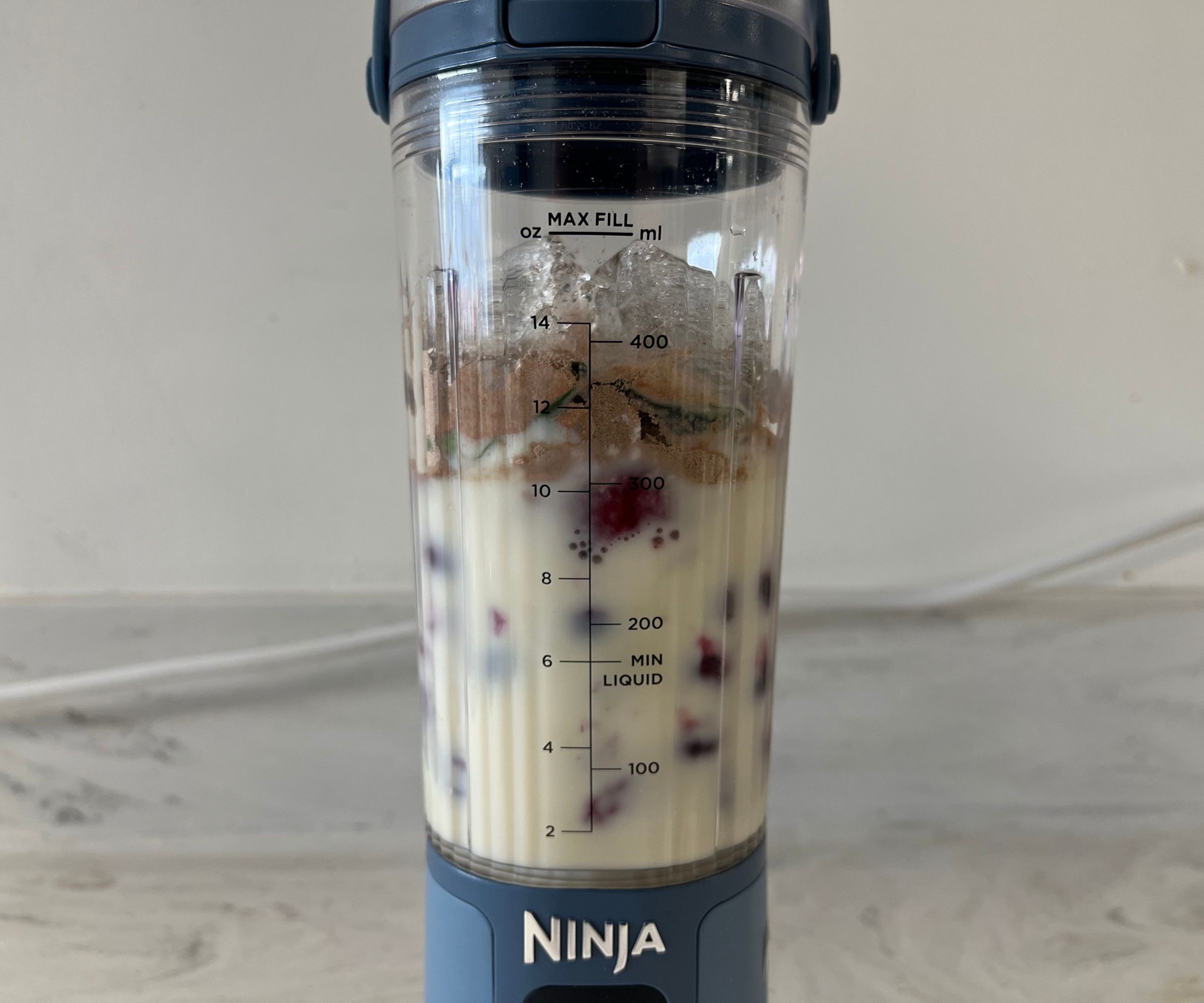
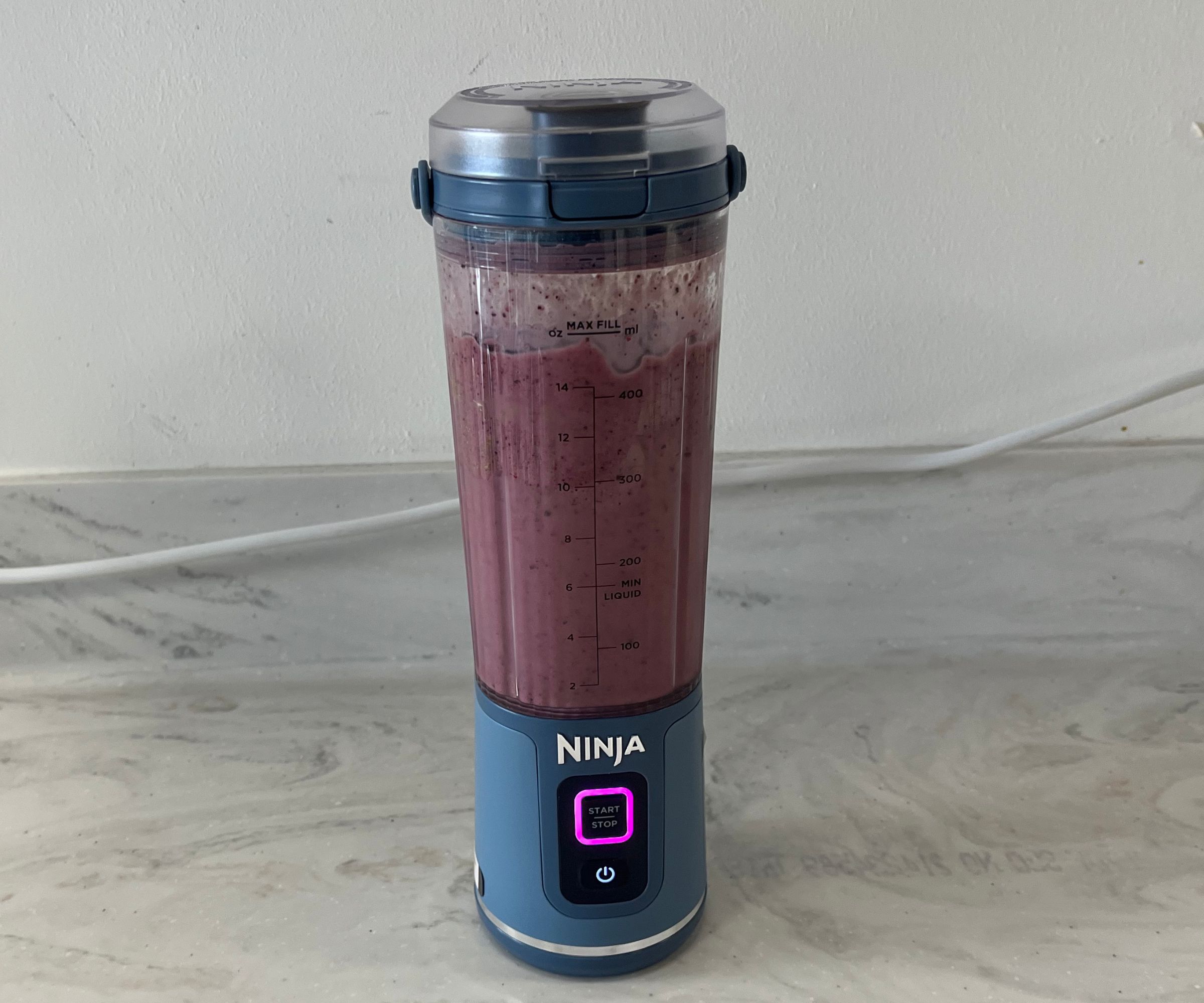
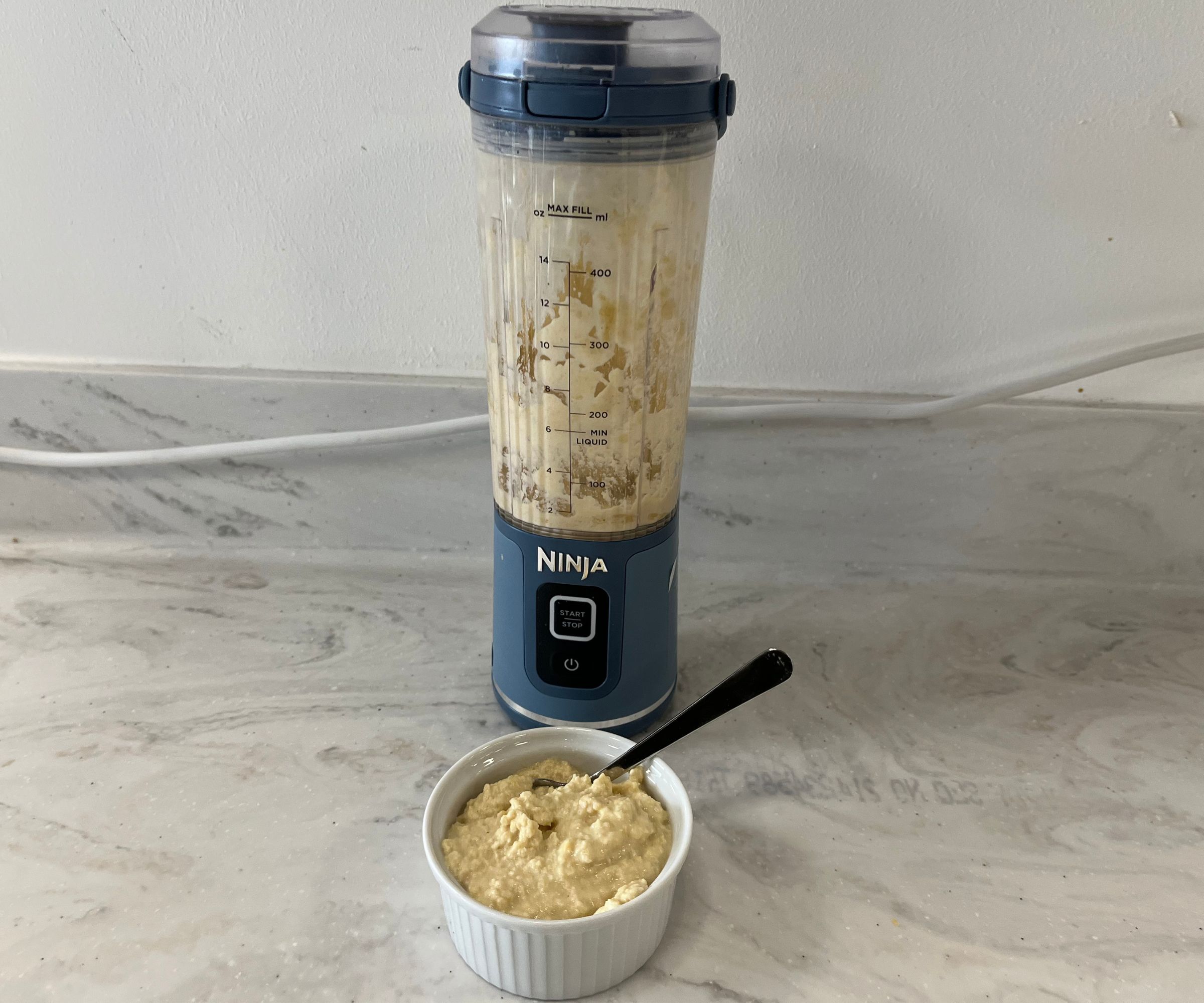
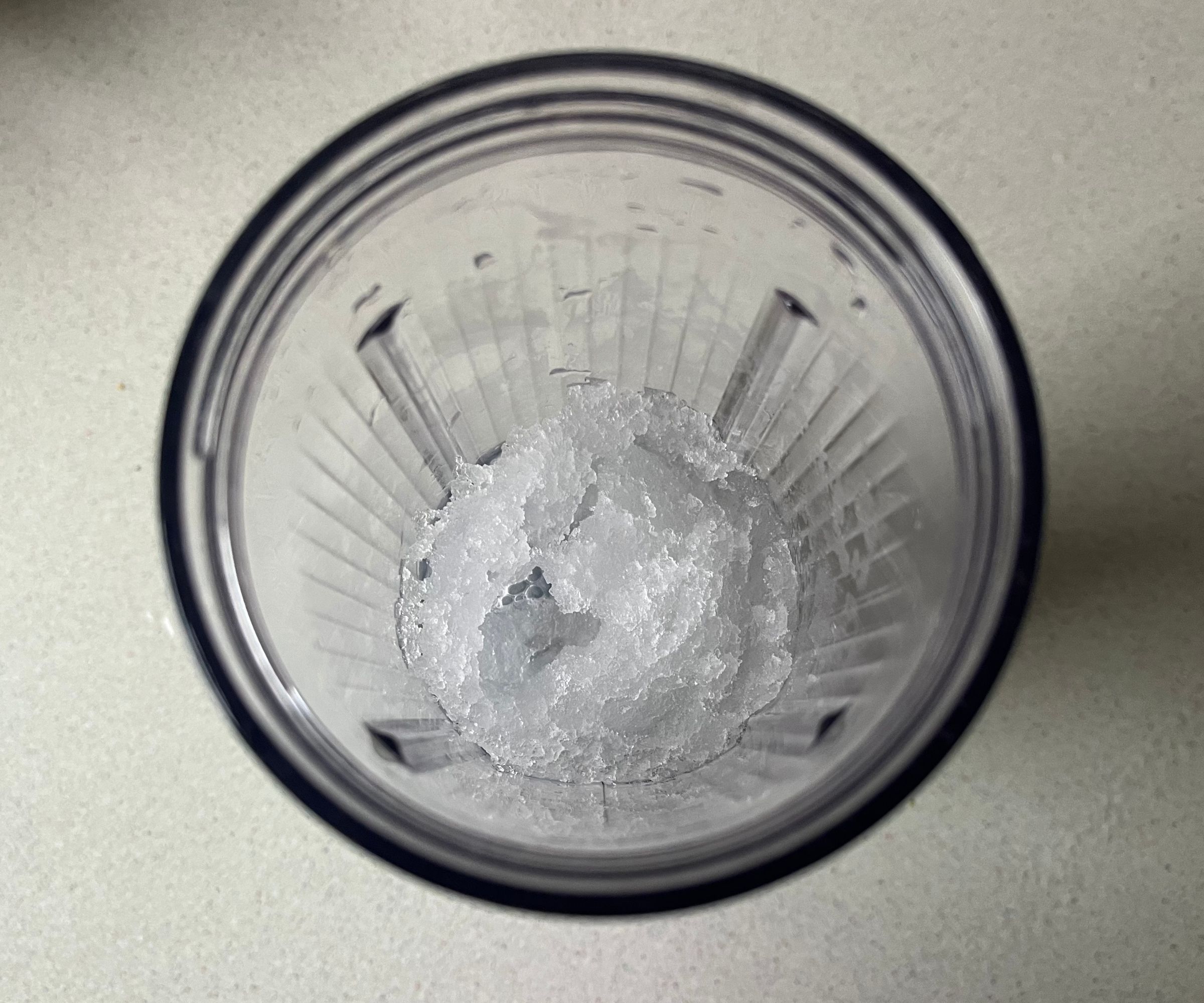
2. Ninja Blast
Our expert review:
Specifications
Reasons to buy
Reasons to avoid
Why we like it: Like most battery-powered blenders, the Ninja Blast is quiet. It’s much more subdued than Ninja's countertop models (we've tested the Foodi and Power Detect). I was genuinely impressed by how well this handled tough smoothie ingredients – berries, leafy greens, protein and creatine powders. Where it really shines, though, is with ice. Most portables fail here, but the Ninja Blast made an excellent slushie. I filled it to the max line with ice and added cold brew to the minimum fill line, and it created a frosty frappuccino without waking the household.
Quiet test At max speed, we measured 81 decibels. That’s louder than the Nutribullet Flip, but still very quiet for a blender. I’d compare the sound to an electric toothbrush – it’s soft and not aggressive. Plus, it only needs to run for a short time to get the job done.
Small criticisms: Like most portables, the Blast has its limits. It struggled with larger chunks of frozen fruit like mango or papaya, and it won’t pulverize seeds the way a full-size blender can. Still, for something this compact and quiet, it delivered more than I expected.
Our Ninja Blast review has more details
Best for families
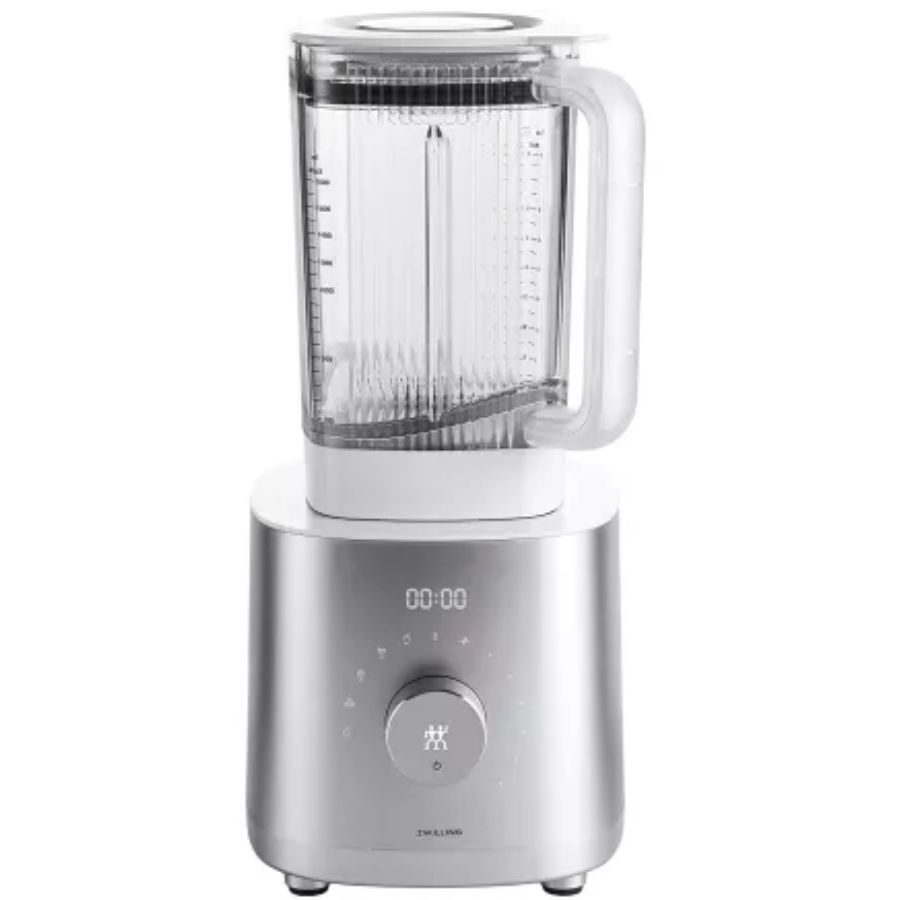
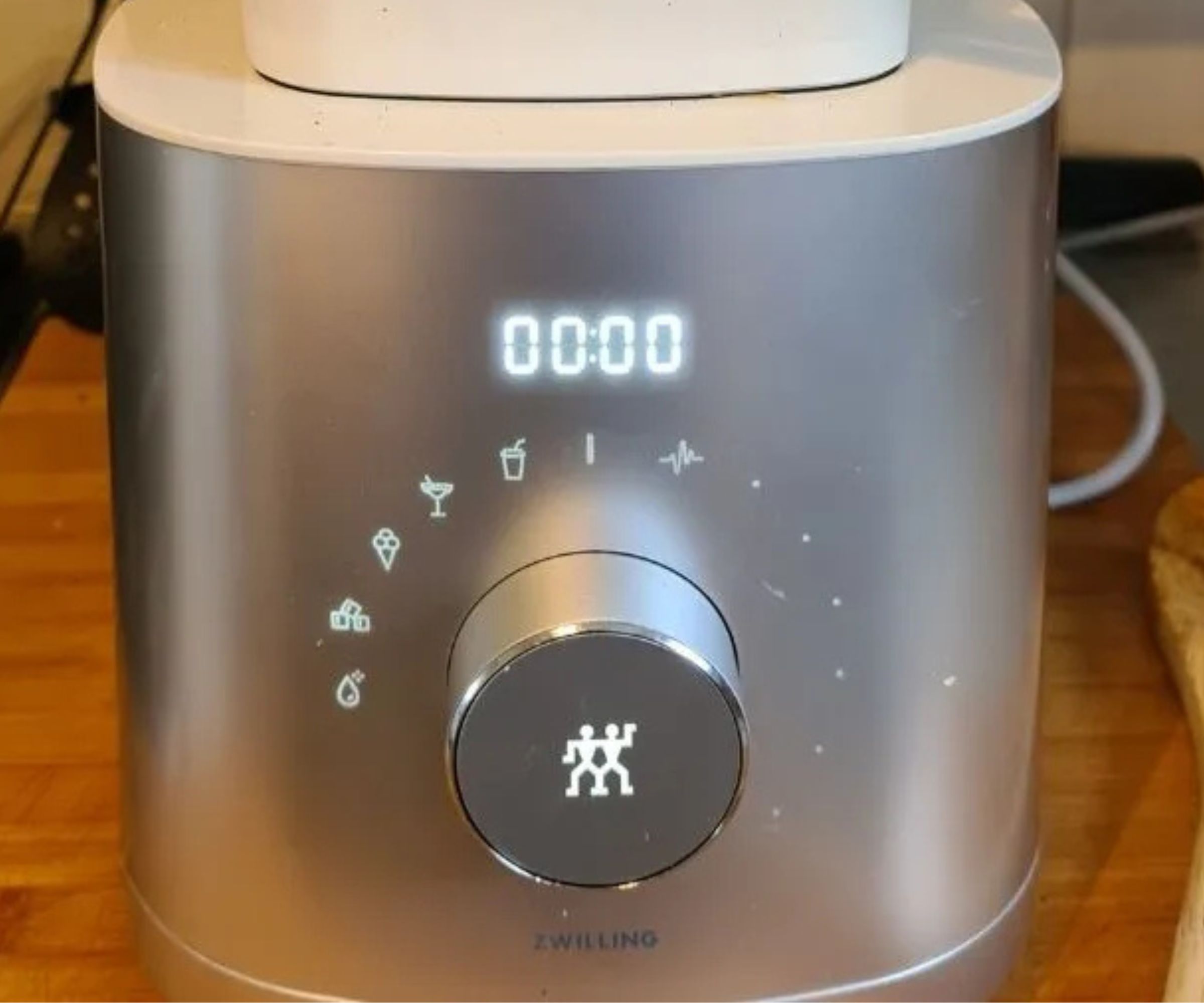
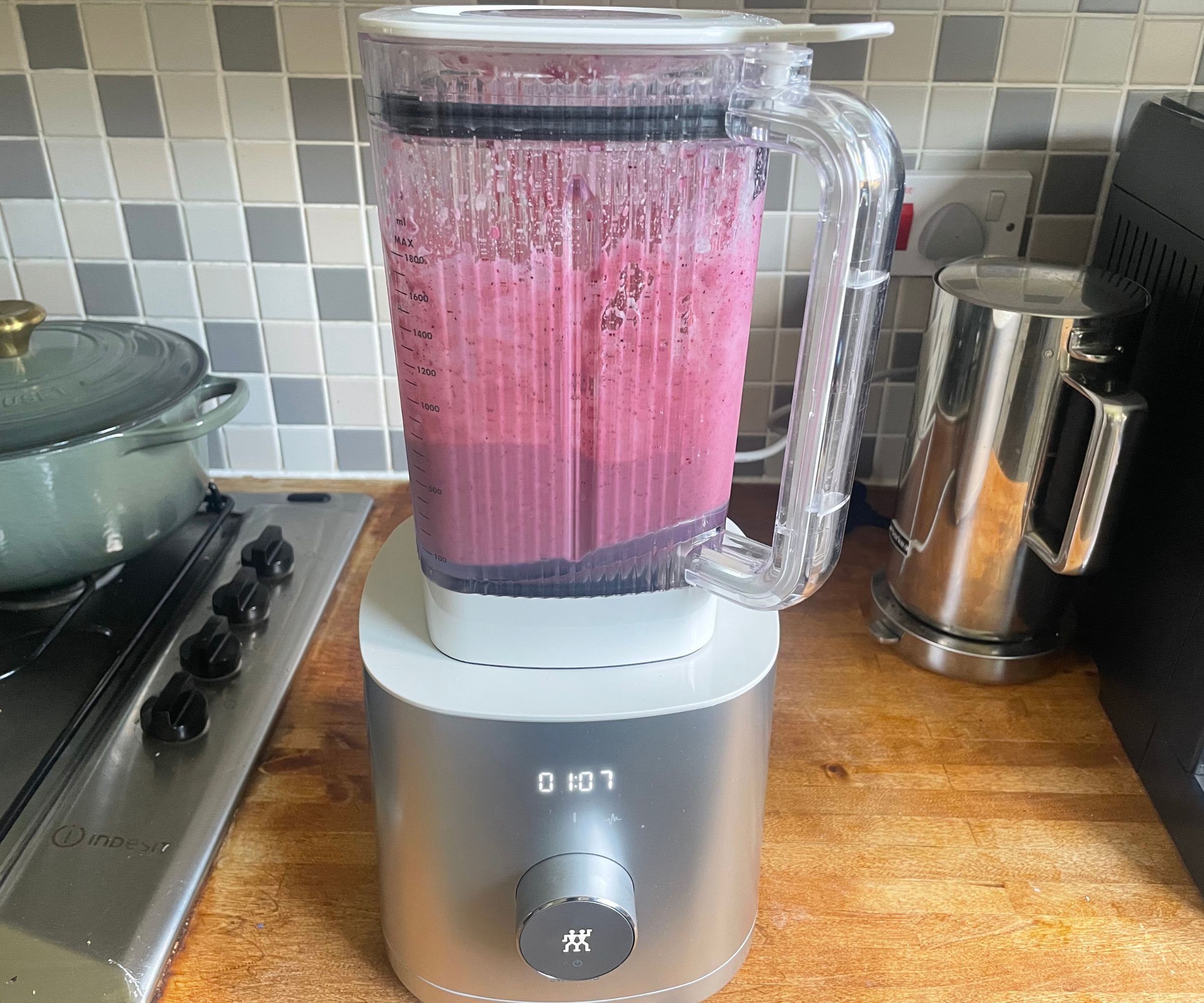
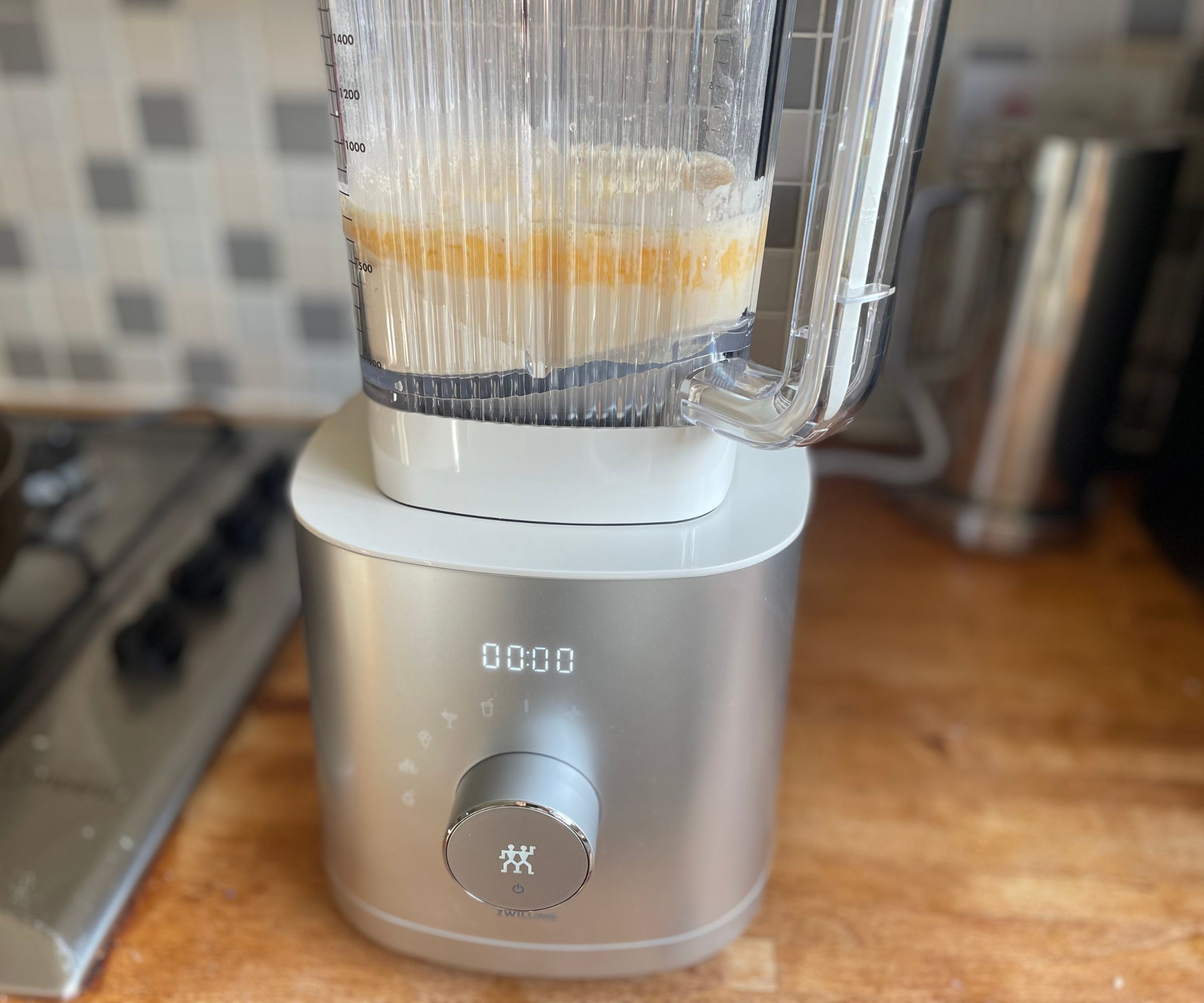
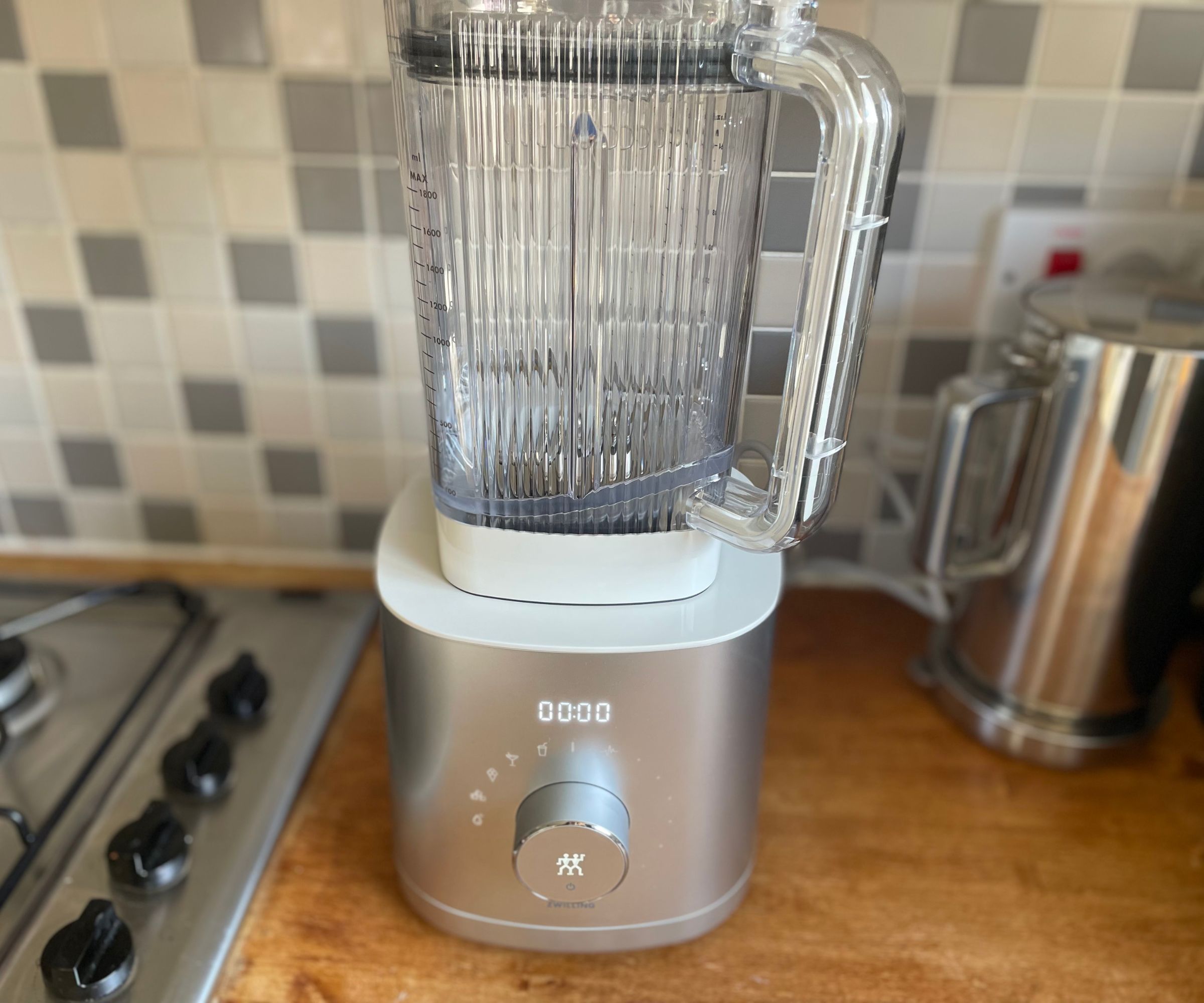
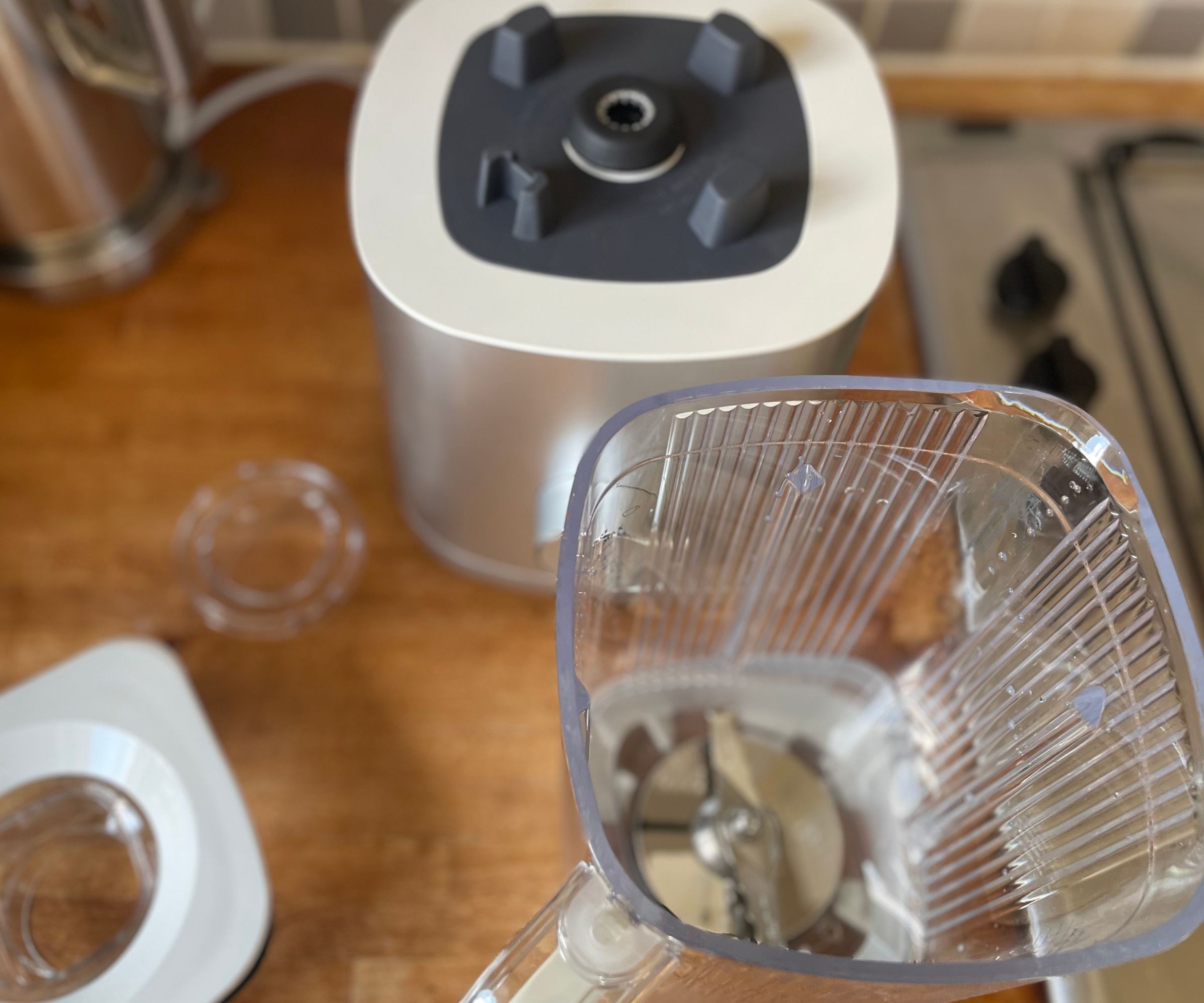
Specifications
Reasons to buy
Reasons to avoid
If looks could carry a blender to the top of the list, this would have been in the top spot. Striking a perfect balance between power, usability, and stunning design, the Zwilling Enigify blender is one of our most recommended appliances for families.
In our tests, it handled everything from frozen berries to leafy greens with ease, producing creamy, nutrient-packed smoothies the whole family can enjoy. The 64 oz. capacity is ideal for making large batches, and the simple, safe design means even kids can help out. Plus, its sleek aesthetic looks great on the counter, so you’ll actually want to leave it out for daily use.
The quiet test: The Zwilling isn’t the quietest blender overall, but it does impress on its lower manual speeds. Its stainless steel blade system works beautifully even without full power, so you don’t need to crank it up unless you’re making something like ice cream or a frozen cocktail. When you do use the automatic presets, it gets a bit louder, but it never feels abrasive, high-pitched, or irritating.
Small criticisms: While the preset modes work well for hands-off blending, the pulse setting lacks precision and control. When we tried guacamole in the test kitchen, it went from chunky to soup in seconds. That said, for smoothies, green blends, and big-batch family drinks, it’s one of the best-looking and most effective quiet blenders out there. The price is pretty sweet, too.
Our Zwilling Enfinigy Countertop Power Blender review has more details.
Best for crushing ice
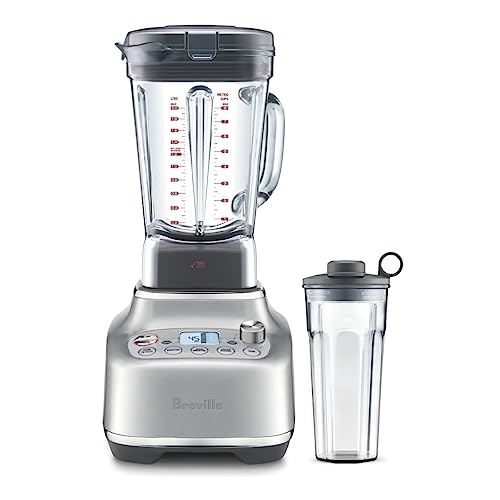
Specifications
Reasons to buy
Reasons to avoid
Why we like it: Crushing ice will never be silent, but the Super Q comes impressively close for a high-powered machine. This is one of the most capable blenders I’ve tested, especially for cocktails, frozen desserts, and large batches. With an 1800W motor and a professional-grade feel, it’s ideal for entertaining. It breezes through ice and tough ingredients without sounding like a jet engine.
Quiet test: There’s a fan cooling system built into the base, which helps reduce motor noise significantly. It’s not as quiet as the portable models on this list, but it’s far more tolerable than most full-size blenders in its class. The real bonus? It works so fast you barely need to run it for long – less blending time means less overall noise. I wouldn’t call it subtle, but it won’t derail a dinner party either. It's perfect for frozen treats or frozen margaritas.
A small compromise: It’s still a powerful appliance, so don’t expect whisper-level sound. It’s also priced as a premium model – though much more accessible than ultra-high-end options we tested, like the Vitamix Quiet One. Even better when you can score it on sale.
Read more in our full Breville Super Q review.
Best for baby food / soup

6. Dualit Hand Blender
Specifications
Reasons to buy
Reasons to avoid
Why we like it: The Dualit Hand Blender is a sleek and versatile kitchen tool that comes with everything you need for multitasking in the kitchen. The set includes a blending wand, a 1-litre jug, a whisk, and a mini food chopper. It handled everything from soups to smoothies with ease and looked great doing it. I tested the copper finish and honestly considered leaving it out on display.
Quiet test: At just 79 decibels during smoothie blending, this was one of the quietest hand blenders we tested. The turbo mode does raise the volume slightly, but it still runs noticeably quieter than most high-powered stick blenders. It was ideal for blending directly in pots without causing a racket.
Small criticisms: The smoothie texture was decent, though a few blueberry skins and chia seeds slipped through. It actually performed better with soups and sauces, producing a perfectly smooth potato soup in the pan. At 450 watts, it’s less powerful than a countertop blender and does require more hands-on work. Still, the added attachments and quiet operation make this a smart pick for anyone looking for a flexible, low-noise kitchen companion.
Read more in our full Dualit Hand Blender review
Budget pick

Specifications
Reasons to buy
Reasons to avoid
Why we like it: BlendJet claims this model is 'whisper quiet,' and while it’s not silent, it’s definitely one of the quietest blenders I’ve tested. It’s small, portable, and ideal for blending in shared spaces – perfect for early-morning protein shakes or even midnight smoothies. It’s also surprisingly affordable, making it a smart pick for students or gifting.
Quiet test: Our sound tests matched the marketing: around 64 decibels – about as loud as a casual conversation. It’s discreet enough for use in the office or gym without turning heads. I found the soft hum far less jarring than traditional countertop blenders, especially first thing in the morning.
A small compromise: As expected with a relatively cheap cordless blender, there are some limitations. It handled soft fruits and powders well, but struggled with tougher ingredients like frozen berries, kale, and nut butter. You'll also need to recharge it daily for full power, whereas the Nutribullet Flip has fourteen blends per battery cycle, so it can last a fortnight if you blend every day. The plastic build feels a little light, but that does make it incredibly portable.
Our BlendJet 2 review has more details.
Ones that missed the list
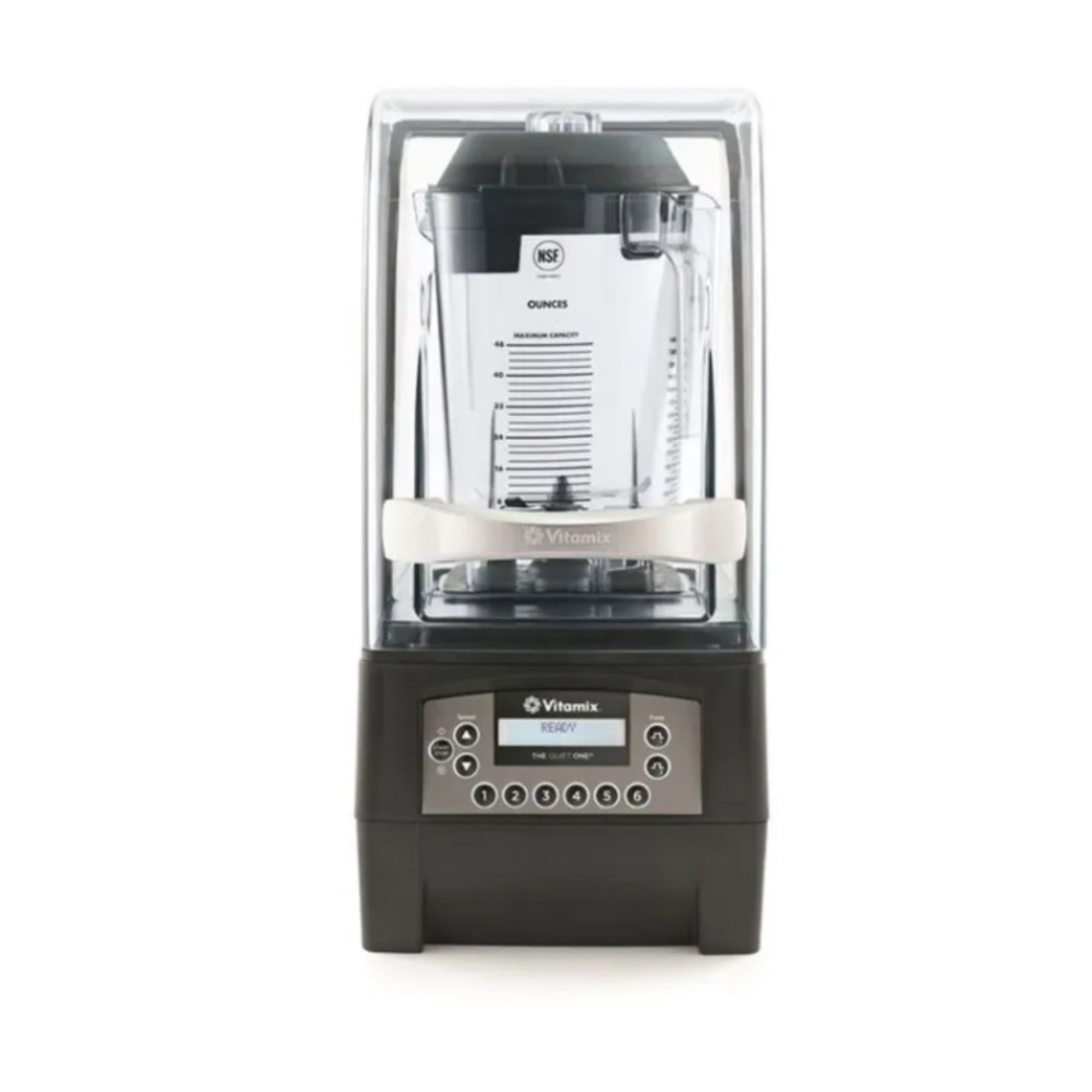
The largest, most powerful model we tested – with a huge 48oz capacity and 3 horsepower motor – this Vitamix is remarkably quiet. But it can cost up to $1,500 and weighs more than 10 pounds, so it will have to live on the countertop year-round. We only really recommend it if you need a commercial blender for use in cafés and restaurants.
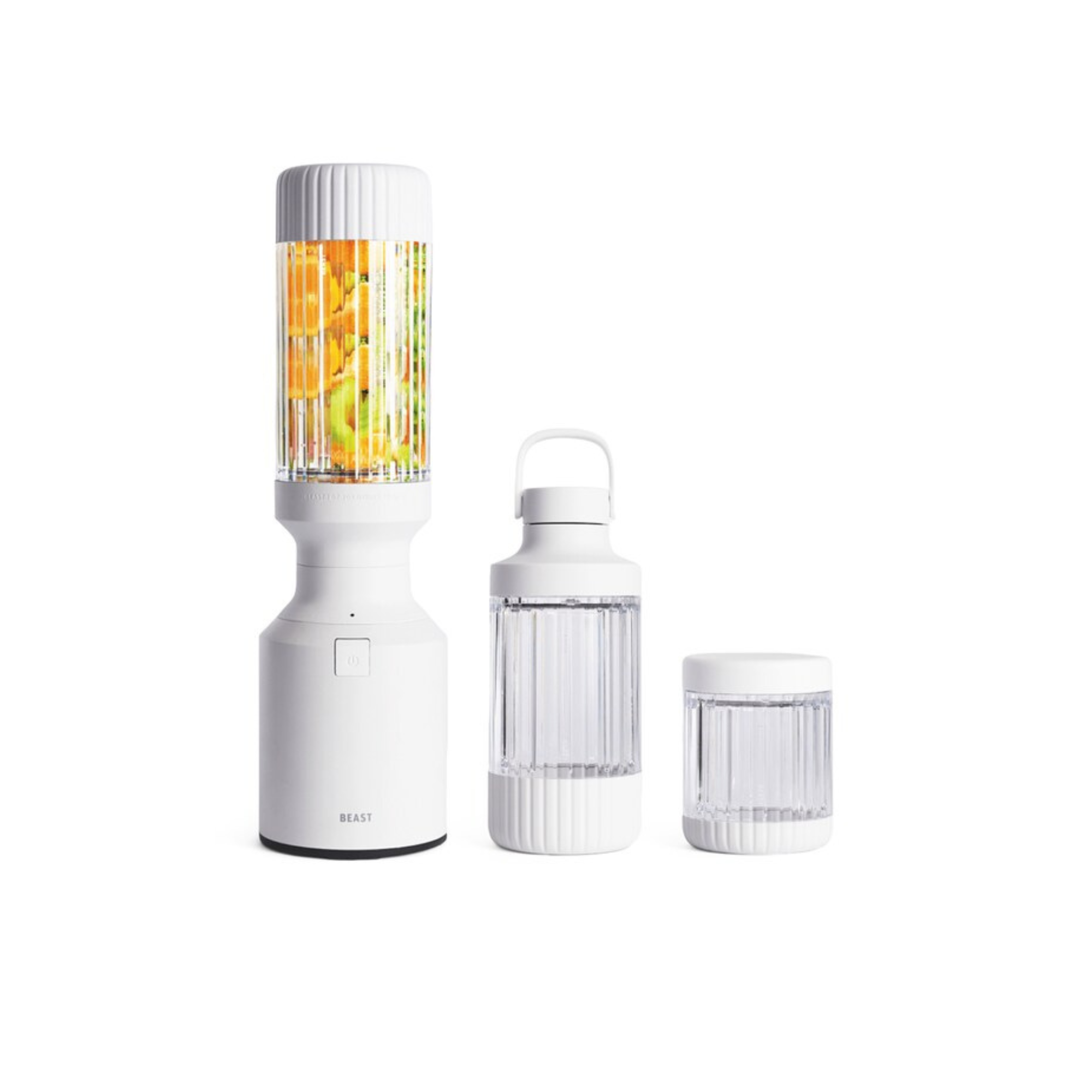
I tested the powerful Beast Mighty 850 for consideration in this guide, and while the reading on the decibel meter was low (around 80, I found the high pitch very irritating. It's a shame, because aside from that it is very sleek and useful, with small, medium and large cups with straws and interchangeable lids.
How we test blenders
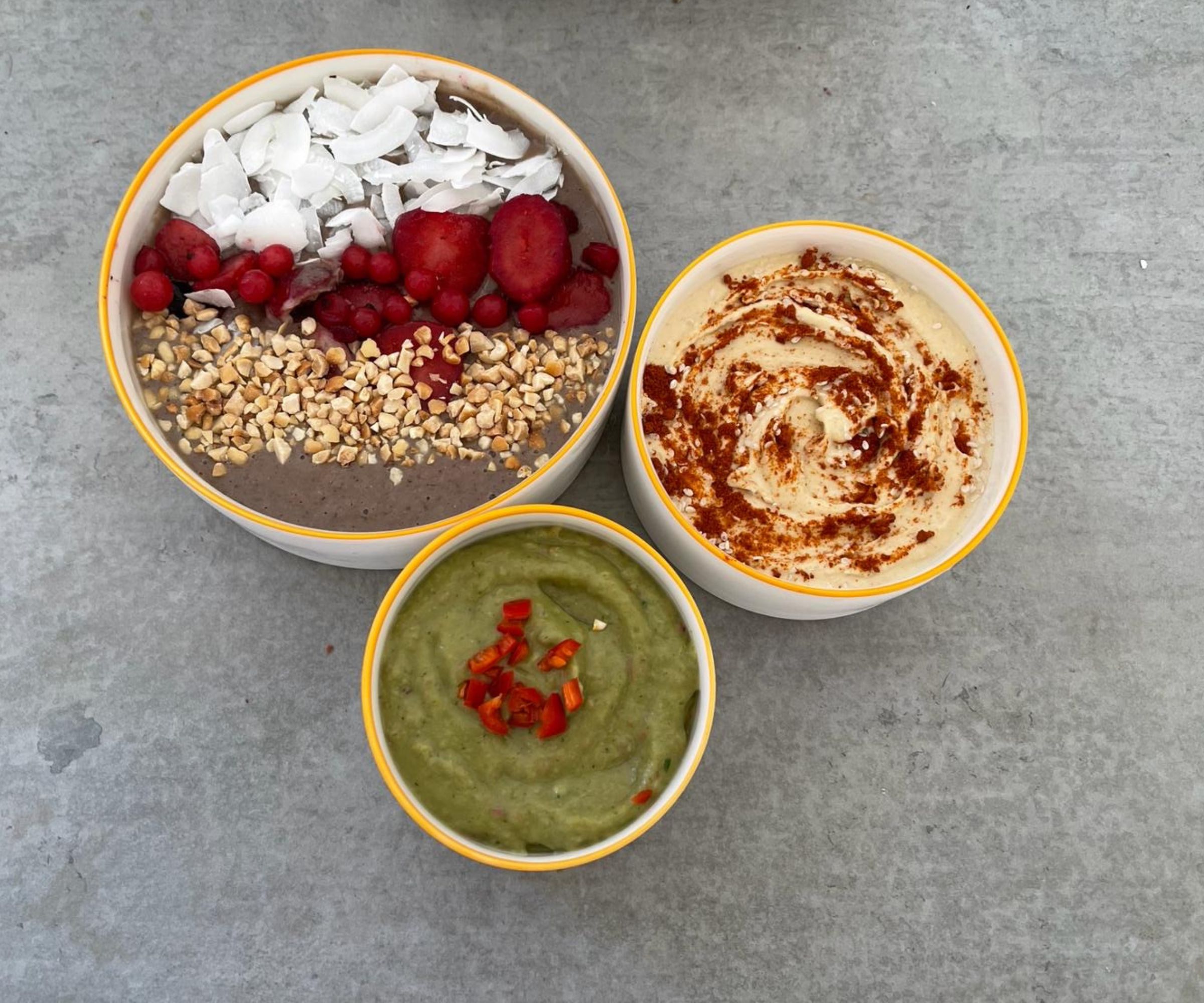
Every blender in our quietest blender guide (apart from the Vitamix Quiet One, which is still being tested) has been reviewed by members of the Homes & Gardens team. We have a series of standard tests that all of our blenders go through.
Smoothies: To test smoothies, we select the toughest ingredients. We use frozen berries, fibrous kale and spinach, which can be tough to blend into a super smooth texture. If a blender has tackled both of those well, we'll also throw in protein powder and creatine, to check whether the blender can fully incorporate the powder into a smoothie, or whether it leaves it a little lumpy.
Crushed ice: This is tough work, and not all blenders are cut out for it. If it is safe for the blender to try it, we'll give it a go. Generally, blenders will either whizz ice cubes into powders or leave them crashing around. We'll let you know all the details.
Soups: Where a blender claims to be safe for use with hot ingredients, we also make soups to put this to the test. We typically include ingredients that are prone to staining such as turmeric, taking into account if the pitcher was left stained. We'll also test root vegetables, which take longer to cook and can be tougher to blend too.
Noise level: In this guide, we are looking for quiet function, so our experts have monitored the decibel levels. We've also noted our personal reactions to the noise, too. We're conscious that you're looking for quiet blenders that don't wake up your family, disturb your neighbours, or simply whirr at a low pitch so they don't jangle your nerves. While this isn't exactly measurable in numbers, we can tell you our personal reaction and comparisons – especially since we've tested some of the noisiest blenders out there.
Cleaning a blender is a very important part of the user process, so we give extra points to blenders that can be cleaned in a dishwasher. However, some also come with self-cleaning settings that can prevent ingredients from sticking to the blades of the pitcher. We cleaned every blender by hand to see how easy this was, and if it felt safe.
Design: Once we've covered the practicalities, we will step back and take a look at the blender. We'll think about how the capacity and which homes they're best suited to. It's important that the design is attractive as well as fully functional. We'll check whether it fits under wall cupboards and under shelves too.
Our review and testing guidelines provide more insight into our process.
Meet the testing team

Lydia is the Kitchen Appliances Editor for Homes & Gardens, testing everything from blenders and juicers to air fryers and frying pans. Lydia trained in cookery at Leiths School of Food & Wine and was previously Recipe Editor for Mindful Chef. She’s also worked for healthy food brands, like Deliciously Ella. Her favorite blender recipe is a blueberry smoothie or frozen margaritas. Lydia tests all products in her home kitchen, making sure they're perfect for real home cooks.

Camryn Rabideau is a product tester who has been testing small kitchen appliances (as well as other home goods) for several years. She’s tested everything from blenders and mixers to oil infusion machines. Camryn does her product testing from her small homestead in beautiful Rhode Island.

Millie specializes in reviewing blenders and mixers, and has built up a deep knowledge of the best brands. She has tested budget-friendly portable models and the largest, best Vitamixes that money can buy. All of Millie's reviews are conducted at home, meaning she uses these products in her own kitchen, the way they're designed to be used.
How to choose
Blenders are really useful kitchen appliances for when you want to whizz up smoothies, soups, or ice. The type of blender that you want will depend on what you’ll be using it for. There are a few key factors that it’s worth checking:
Power: If you’re blending frozen fruits, vegetables, and ice, it’s helpful to have a more powerful motor. Generally, for household use, a 500-800 watt blender will do the job. If you're crushing ice, anything that's over 1,000 will be able to quickly create a snowy mist. However, these tend to be louder, so it’s a balancing act if you’re looking for something quiet.
Programs: Some blenders, especially personal models and bullet blenders, have just one speed, which is fine if you're always making smoothies. However, if you need control over texture, it’s a great feature if your blender has automatic programs for different uses. They’re a helpful guide for unfamiliar users. It is really nice to have manual controls too, so that you can keep an eye on the texture of your blend.
Capacity: Whether you’re after single-serve or a more family-friendly option, consider capacity when buying. Lots of quieter options tend to be single-serve so that they don’t require a huge motor, so their capacity can be as small as 8 fl oz. If you're a bigger family, you'll be looking at a standard countertop blender which can hold between 20 and 65 fl oz. Some go even bigger, but you know your household needs better than we do.
Noise: This is a buying guide for the quietest blenders, so we'd be remiss to exclude this from one of the key decision-making factors. A quiet blender will make anything between 60-80 dB of noise, which is a range that goes from the sound of an electric toothbrush right up to a hairdryer.
Special features: The more you pay, the more you’ll get from your blender, including extra settings, extra jugs and containers, and the ability to heat up food like soup. If you're only making smoothies, this will be superfluous and a waste of money, but if you plan on making your blender your sous chef, it's worth splurging.
Value and price: You can't make an investment without looking at the price tag first. Simple models can cost less than $50, but the Vitamix in this guide is over $1,500. Make a list of the features that are non-negotiables and try not to end up spending on programs that you won't use.
FAQs
How do I make my blender quieter?
If you want to make your countertop blender quieter, you can put it on top of a dish towel or silicone mat. If it's really bothering you, you could buy a sound enclosure box, like this one from Amazon. It’s a good idea to ensure that you can still have easy access to your blender from this. Alternatively, blend at a different time, eg the night before. Although this won’t make your blender quieter, it helps avoid a loud, morning blend, which could wake up the whole house.
Which quiet blender is best for smoothies?
The majority of the quiet blenders on this list can whip up a berry smoothie, no trouble at all. But if you want fibrous green smoothies and protein shakes starring healthy ingredients (think: leafy kale, seeds, and protein powders) and you want very little noise, I'd recommend the Nutribullet Flip.
Who makes the best blender?
Different brands make the best blenders for a range of needs. Our best blenders guide placed the Vitamix at the top of our roundup, because this brand makes powerful, effective blenders with plenty of bonus features.
Cheaper models such as Ninja have similar, but not identical results. We have compared different models in our Vitamix vs Ninja and Ninja vs Nutribullet and Vitamix vs Blendtec comparisons.
Our Verdict
Blending is not a quiet process. If you don't want to compromise on power or quality, you might be better off blending the night before. However, we think that the blenders on this list strike a good balance between the different factors.
Personally, I value a zen kitchen, and I have kept the Nutribullet Flip and Zwilling Enifigy blenders in my kitchen at home. While neither is silent, I find them to be much quieter than the average blender I tested. Between them, they can tackle multiple tasks – from blending my daily breakfast smoothie to making frozen margaritas on the weekend. They are high quality and reliable, too.
Design expertise in your inbox – from inspiring decorating ideas and beautiful celebrity homes to practical gardening advice and shopping round-ups.
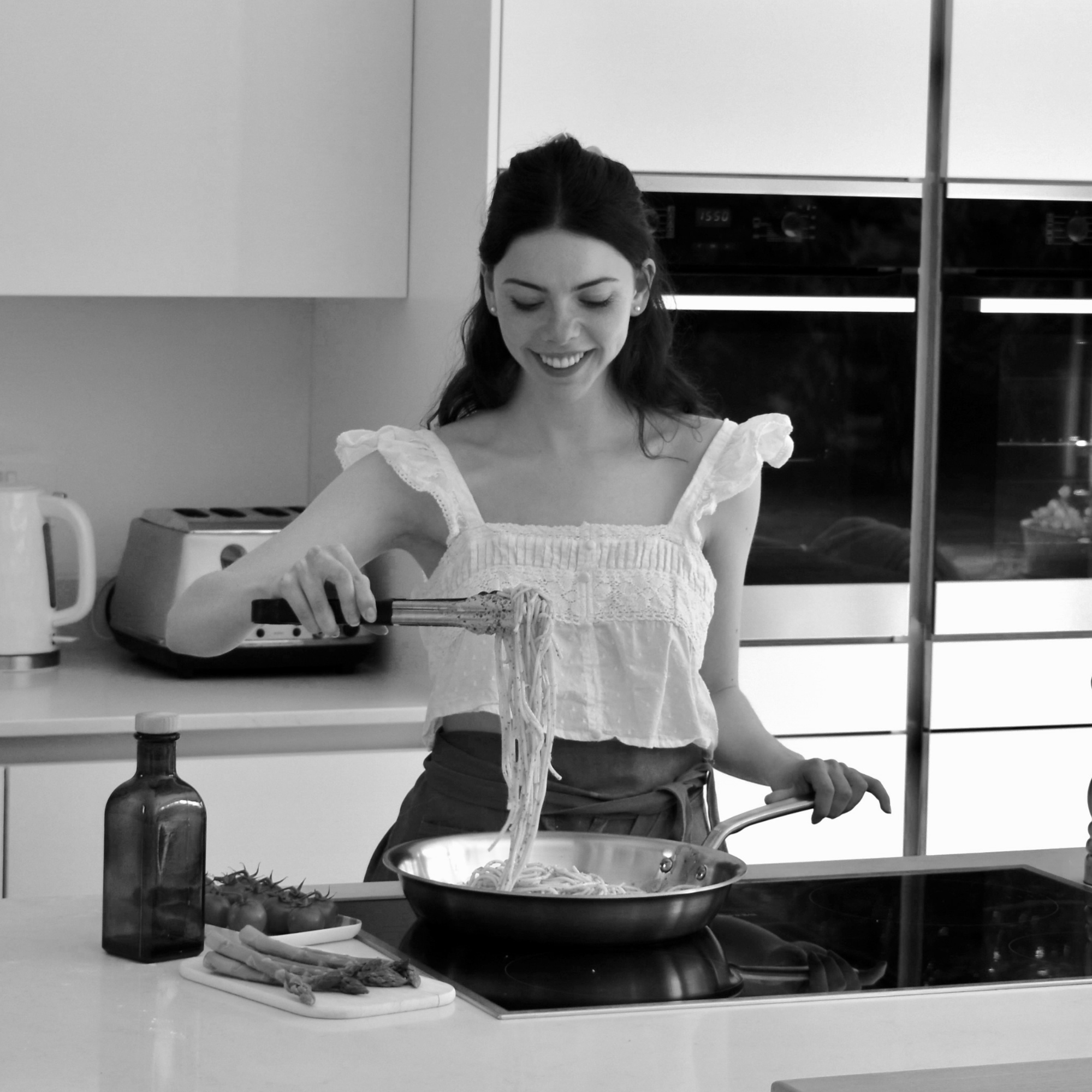
Lydia is the Kitchen Appliances Editor for Homes & Gardens, testing everything from air fryers and mixers to juicers and coffee machines. She trained in Culinary Arts at Leiths School of Food & Wine and previously served as the Recipe Editor for Mindful Chef.
- Laura HoneyeCommerce Editor
- Millie FenderHead of Reviews
- Camryn RabideauContributing Reviews Editor